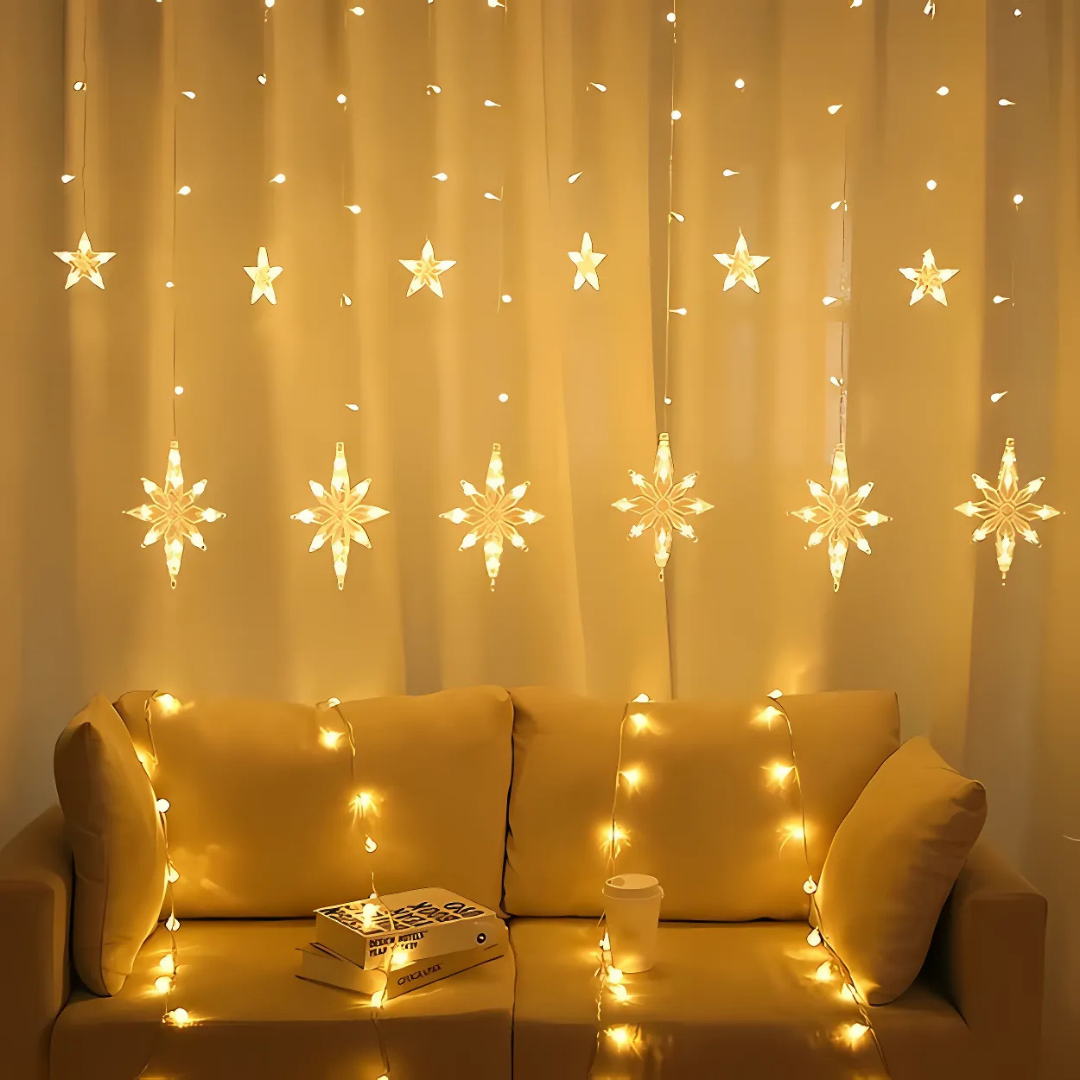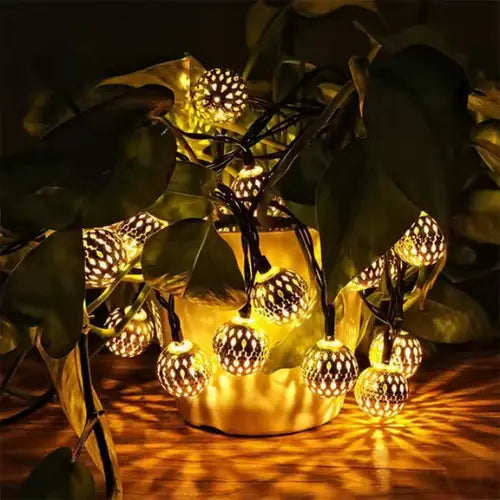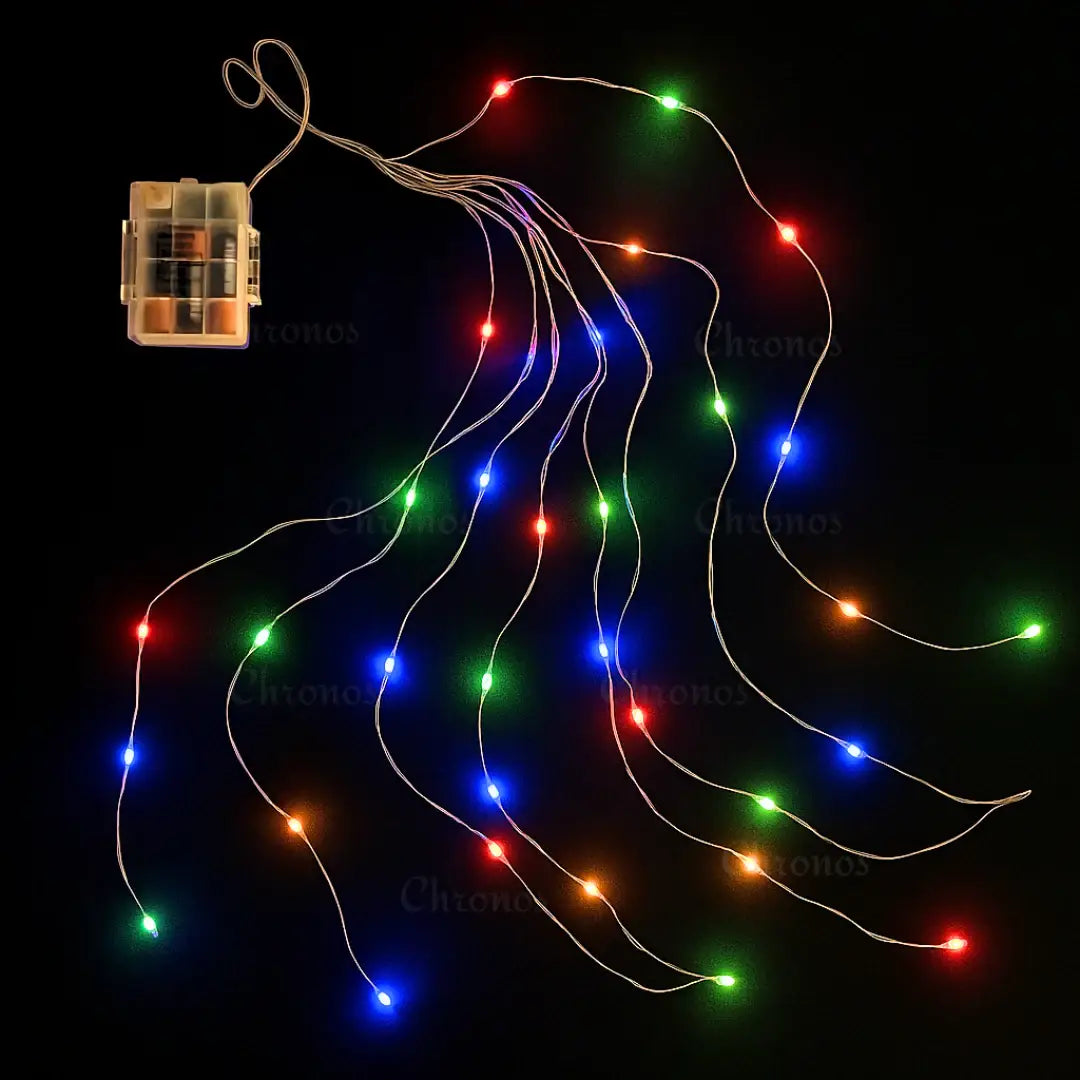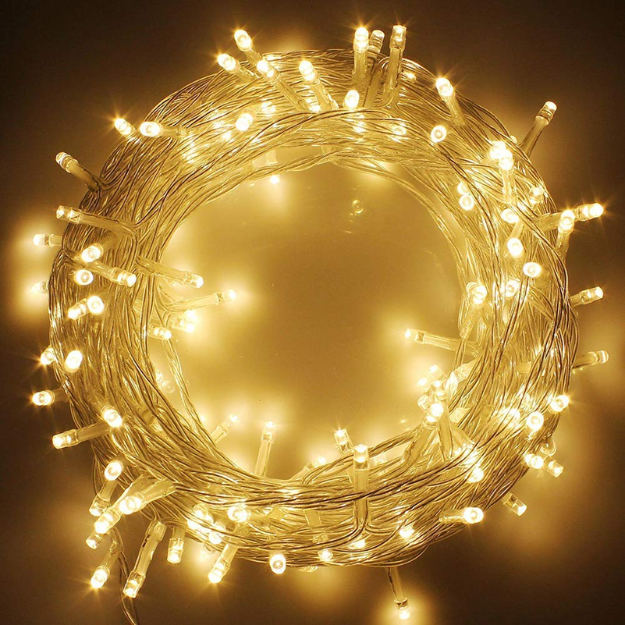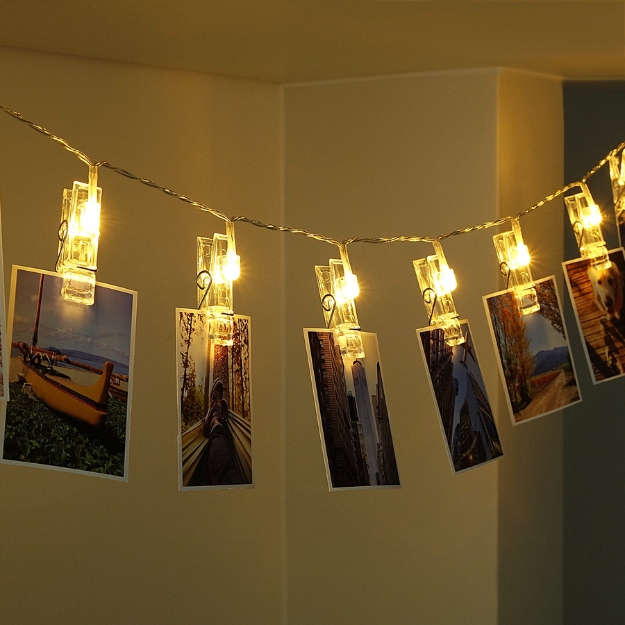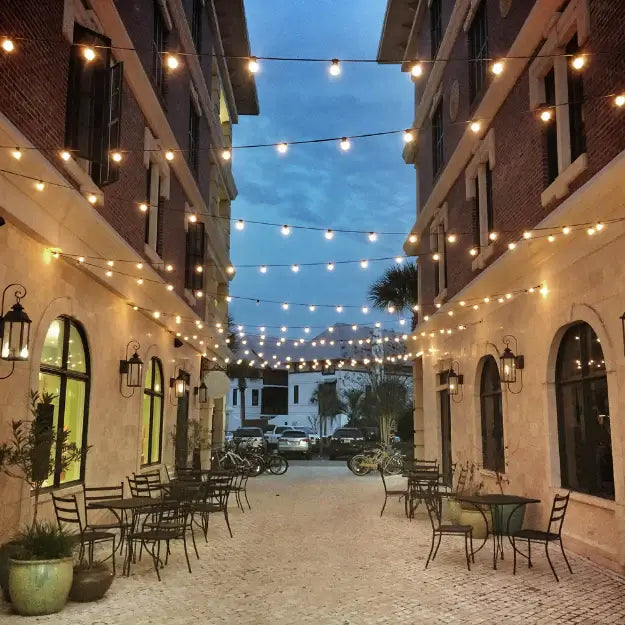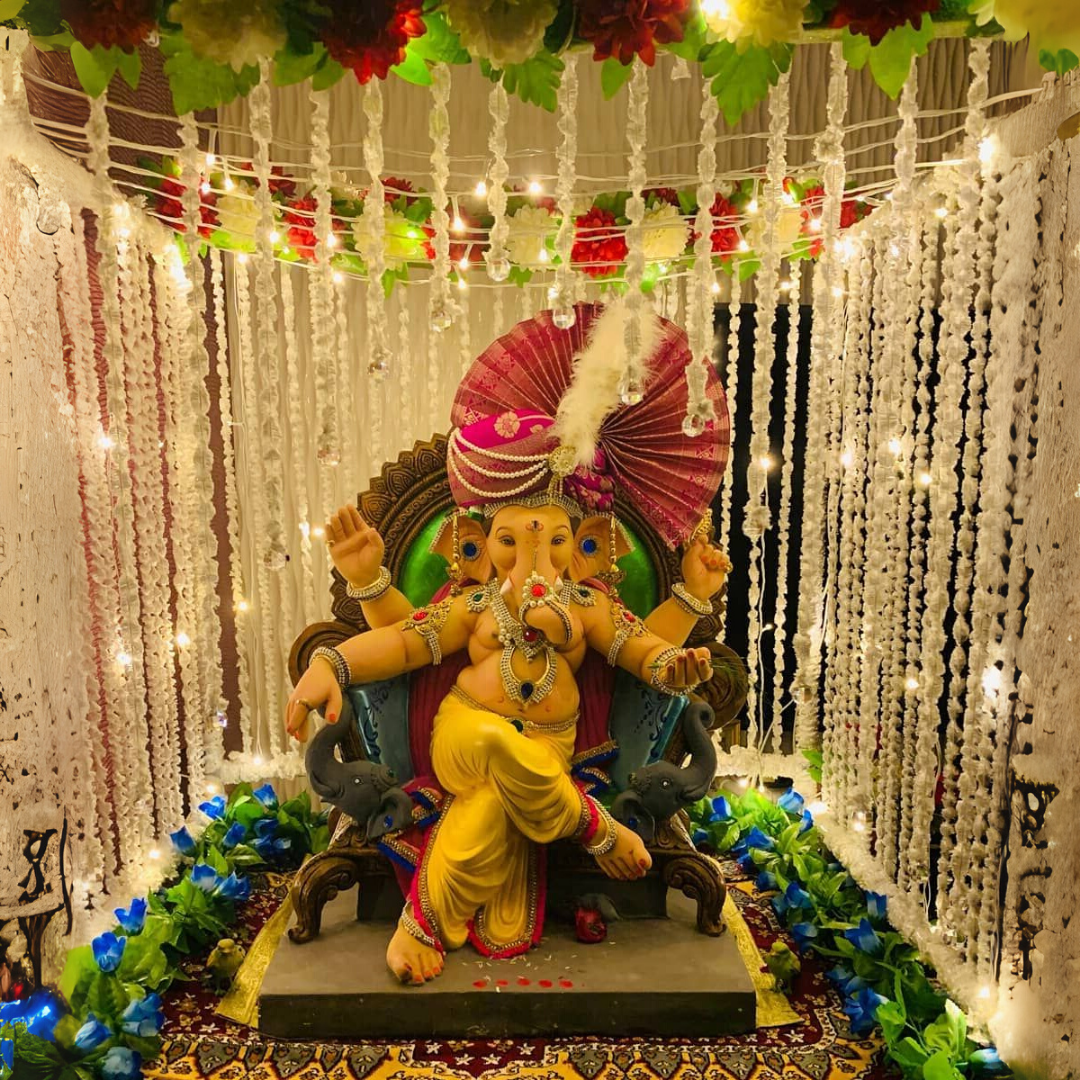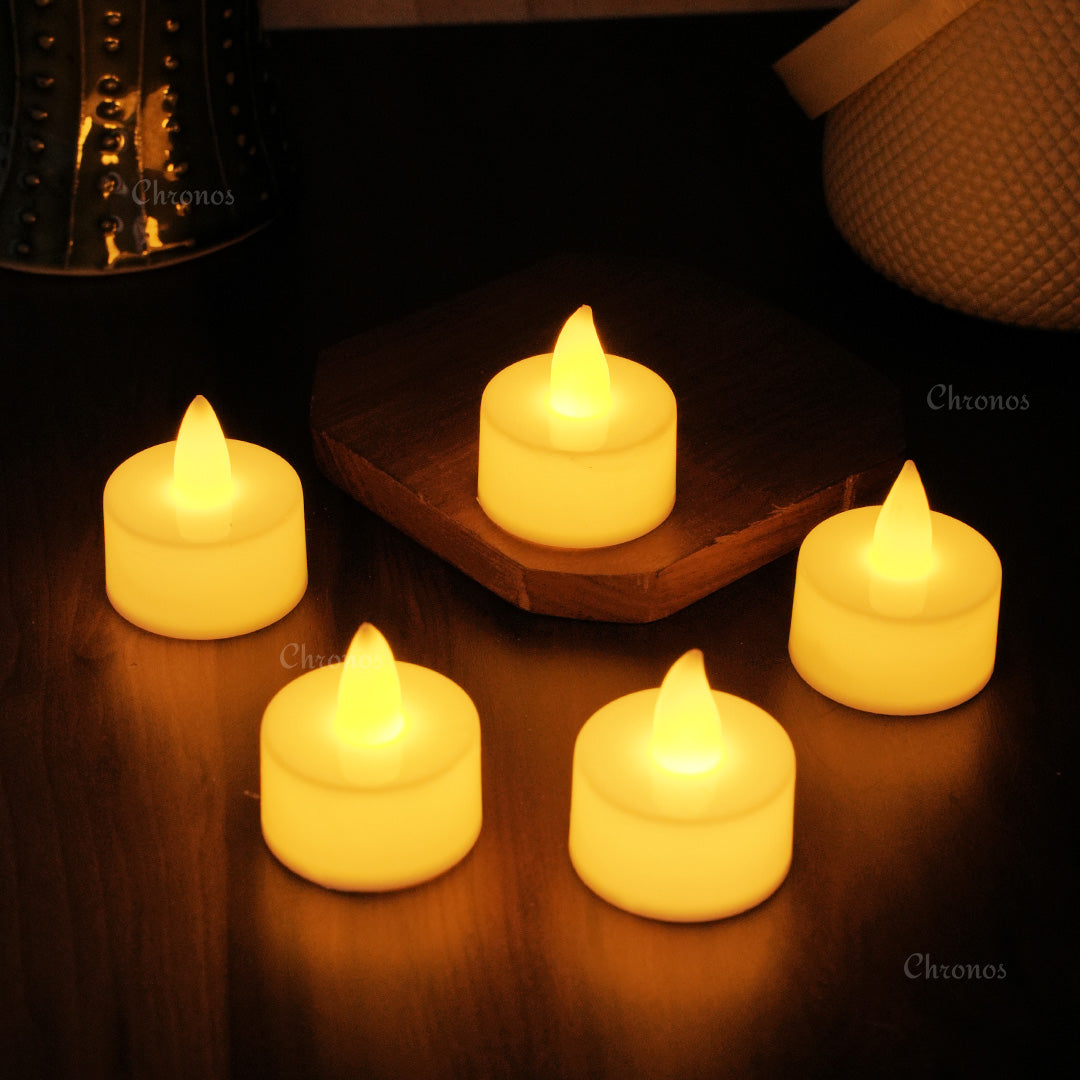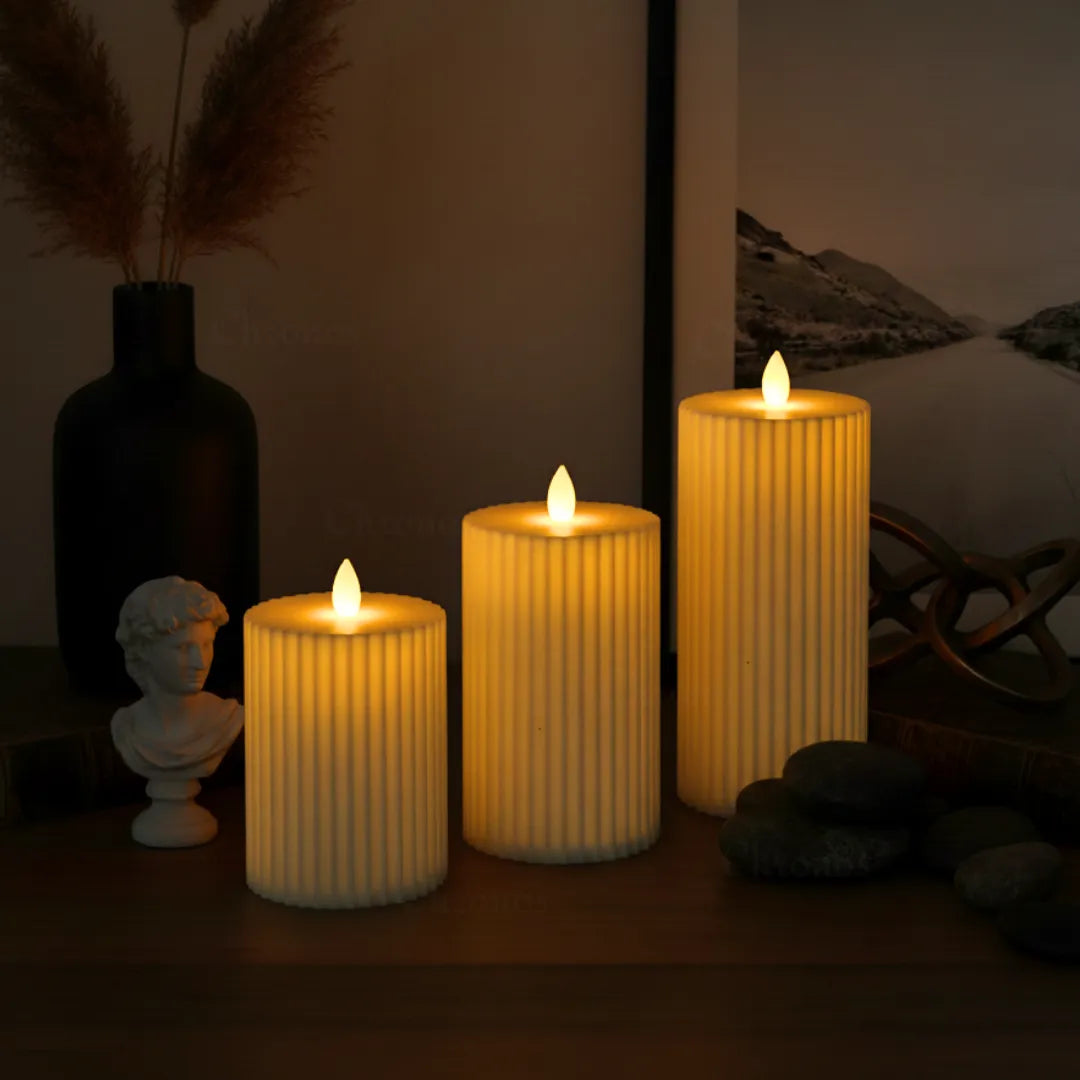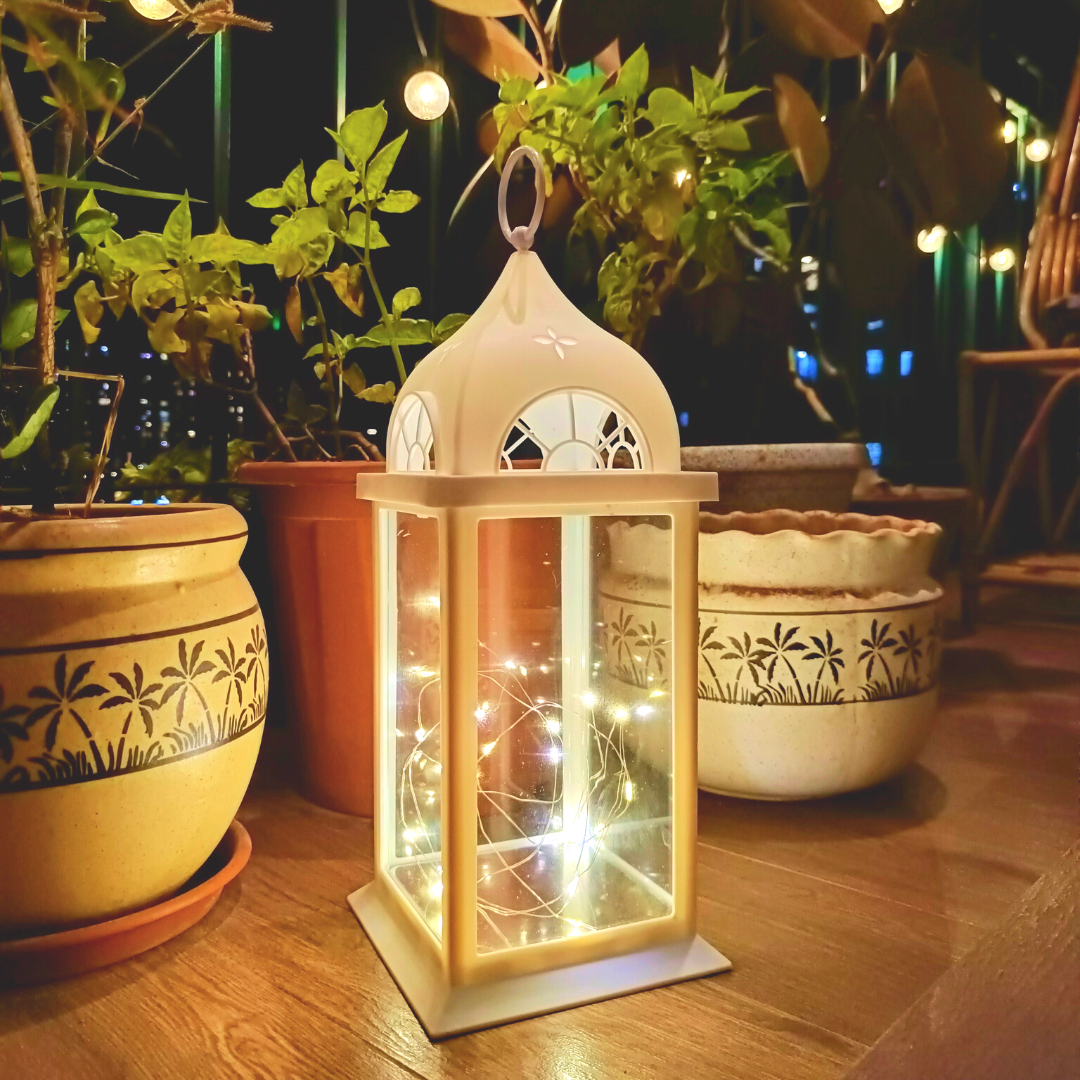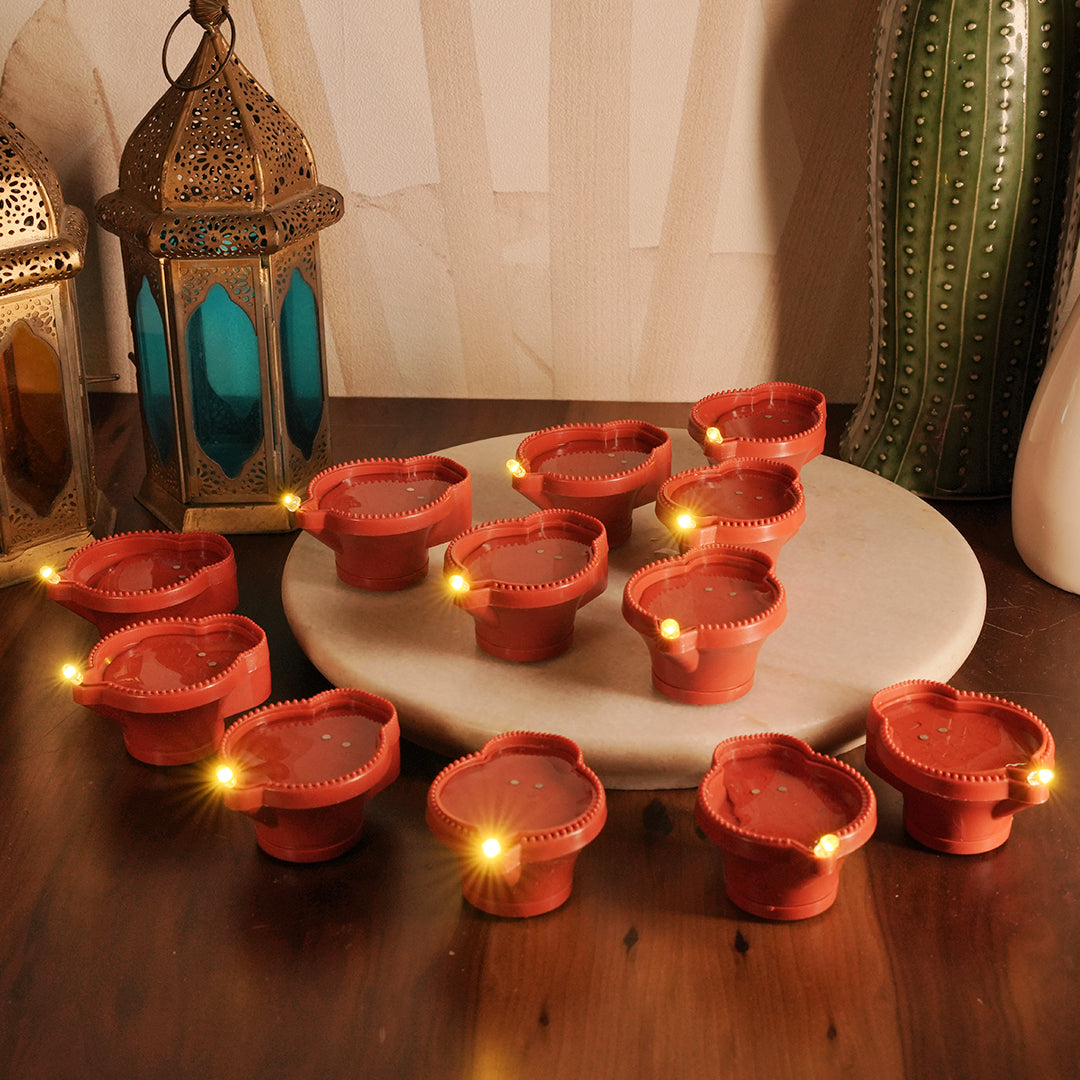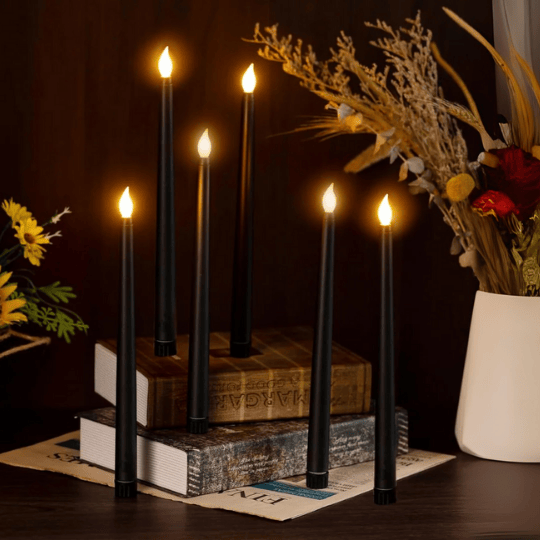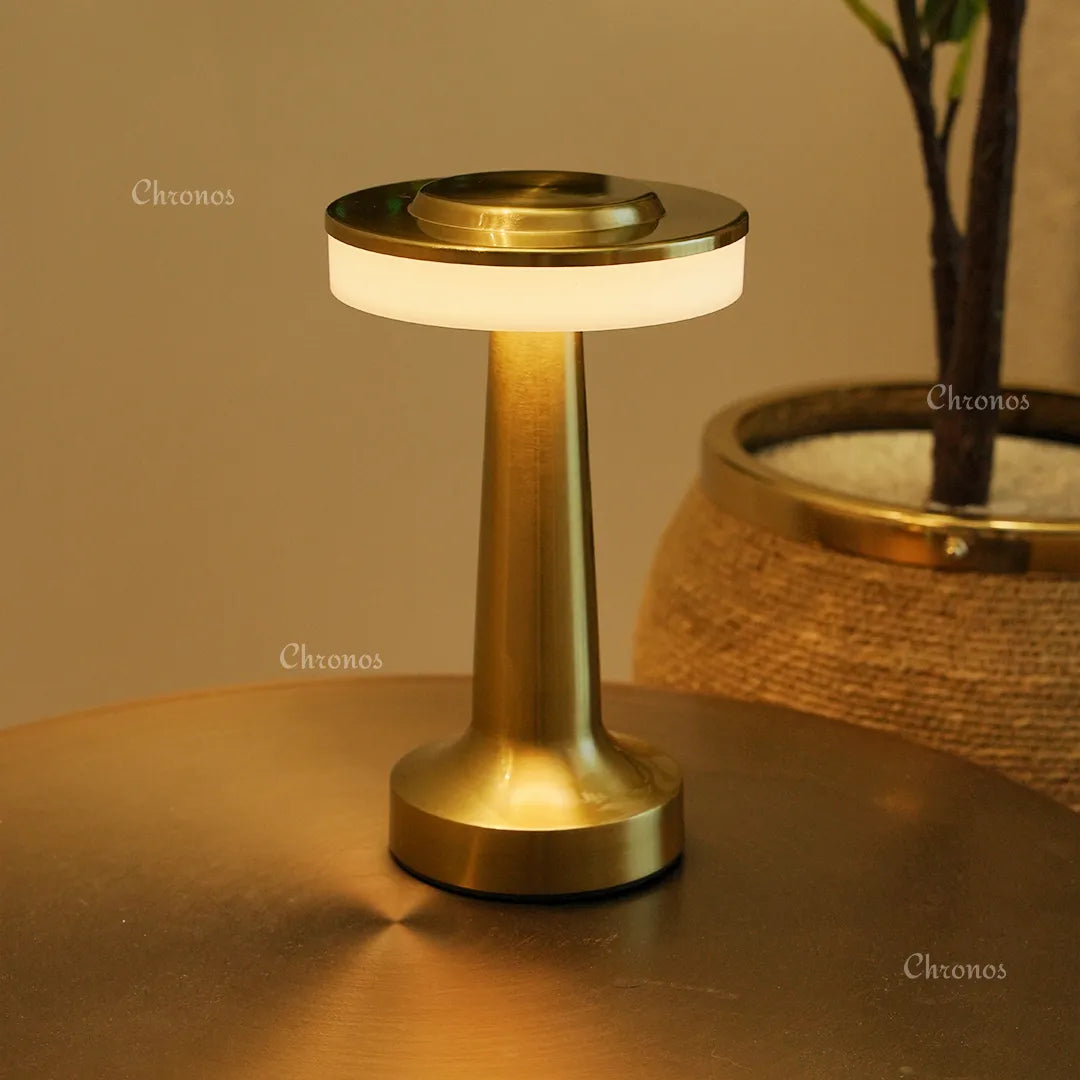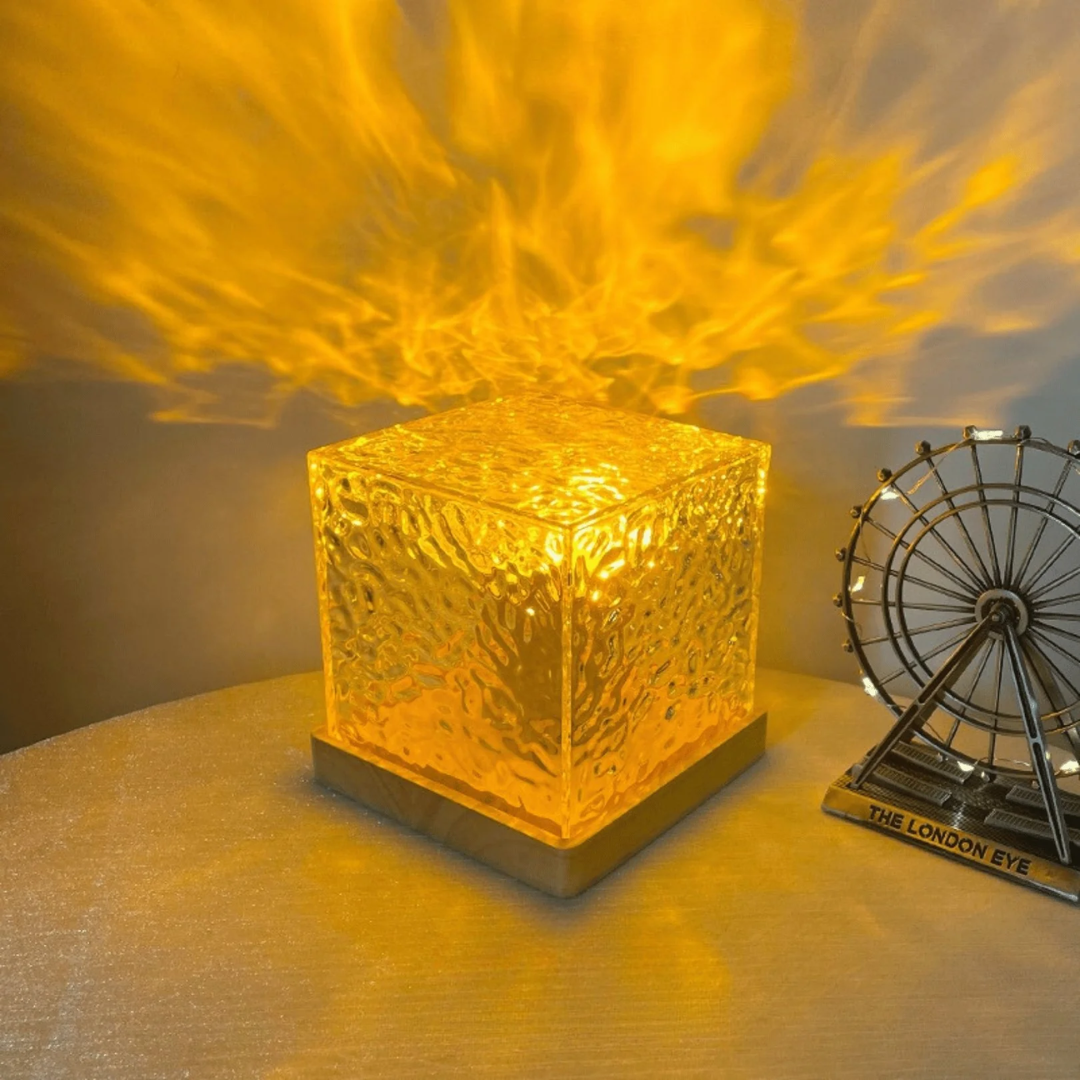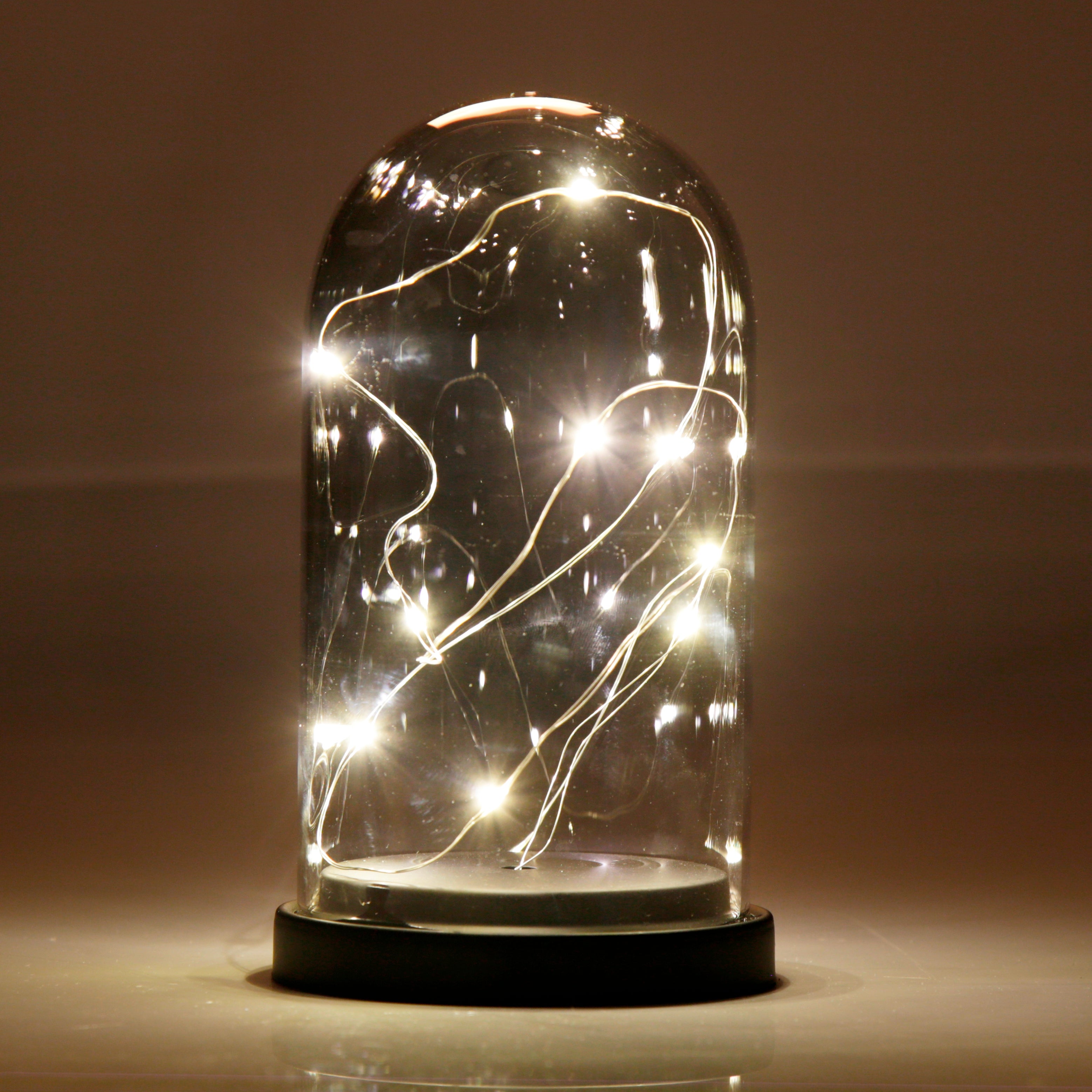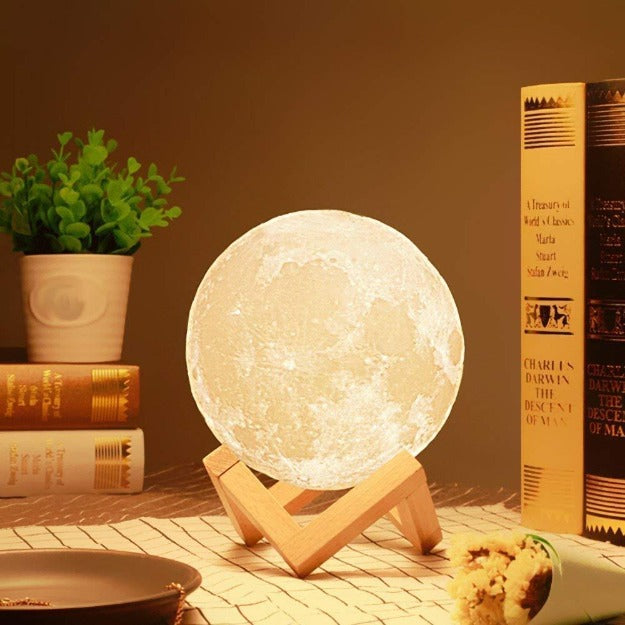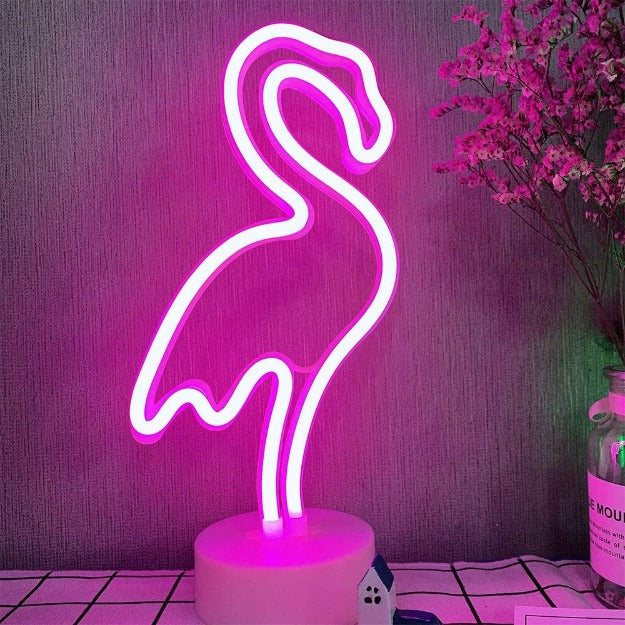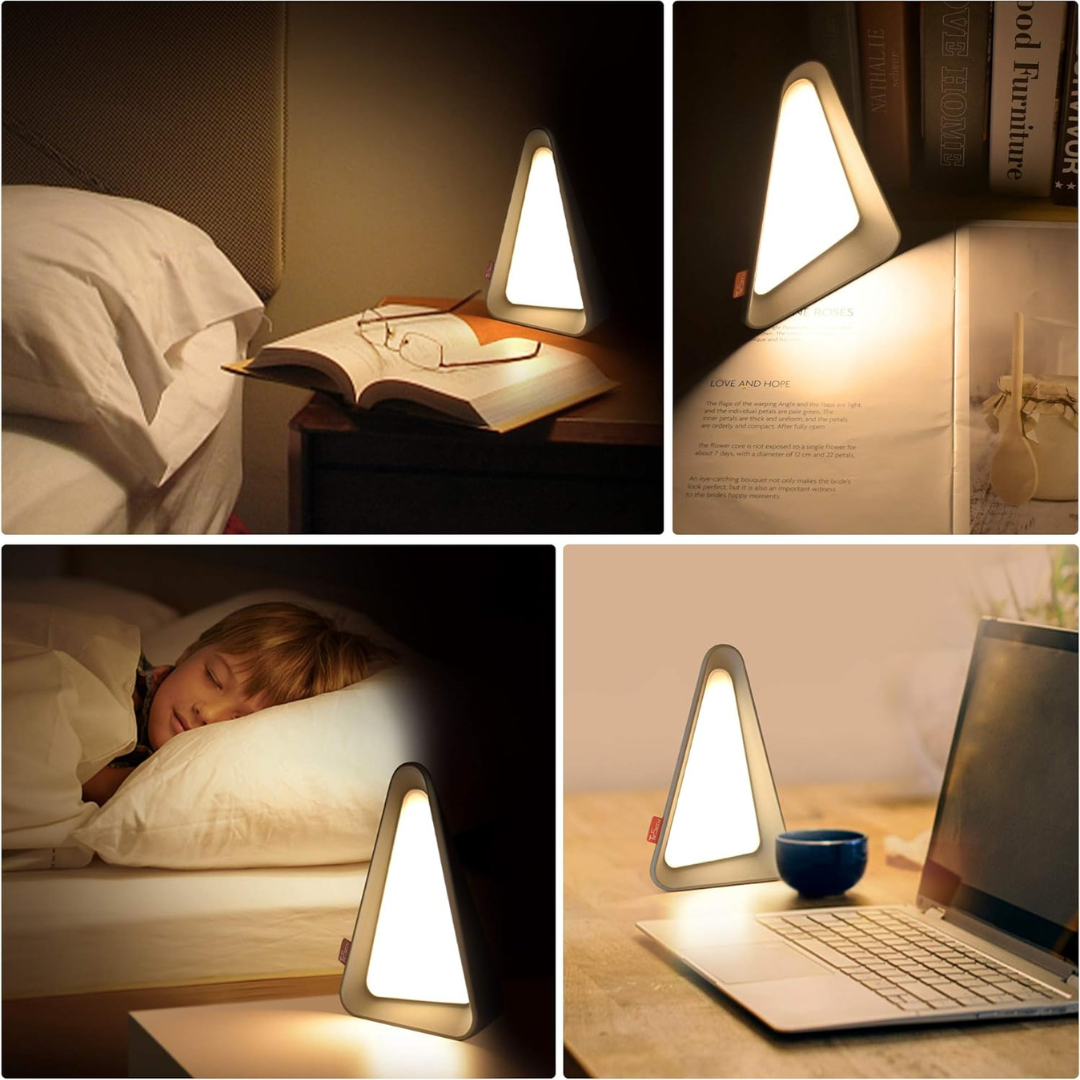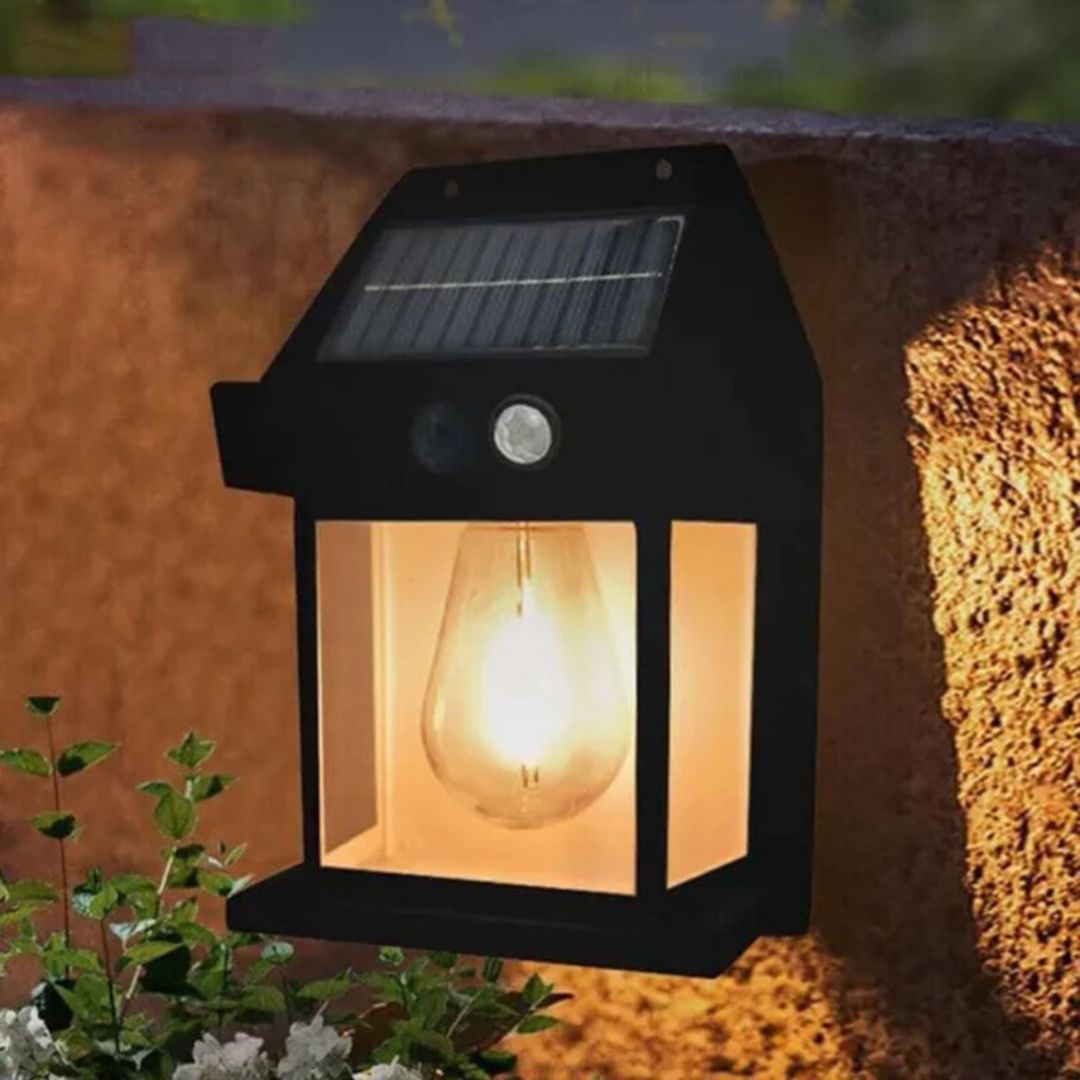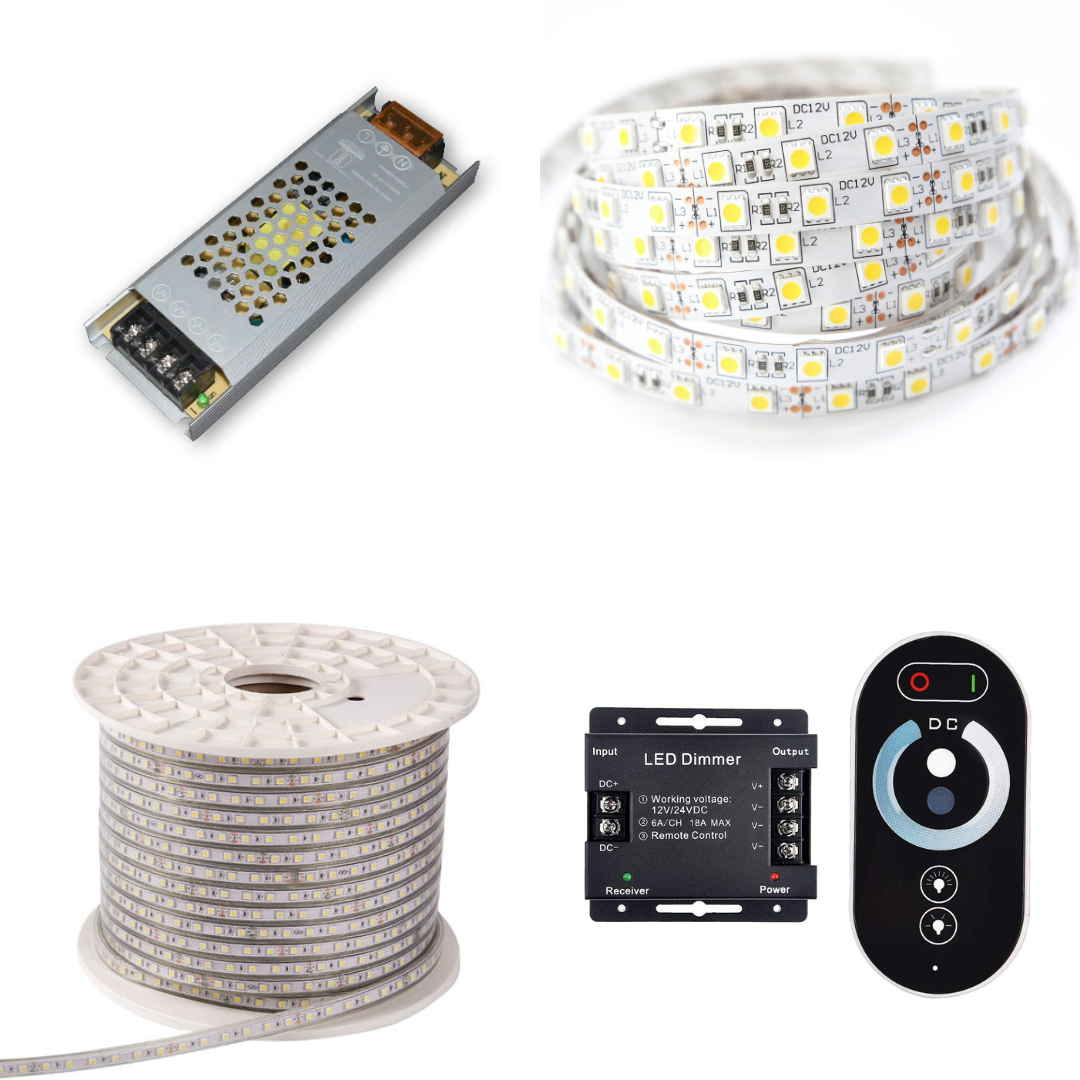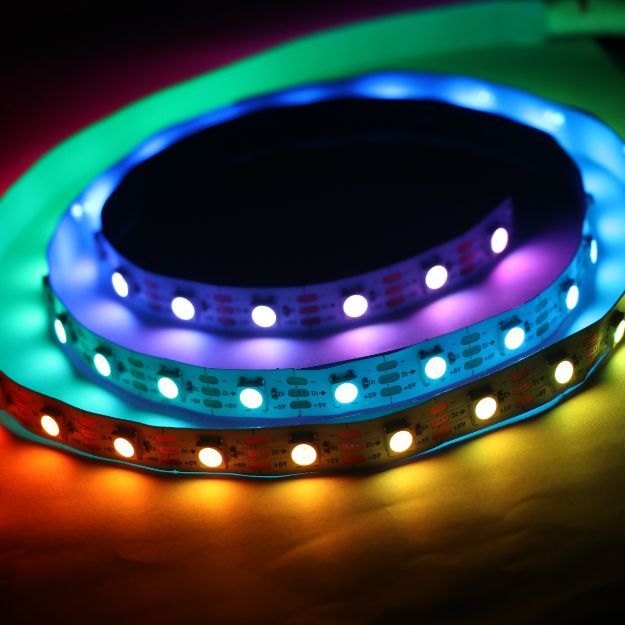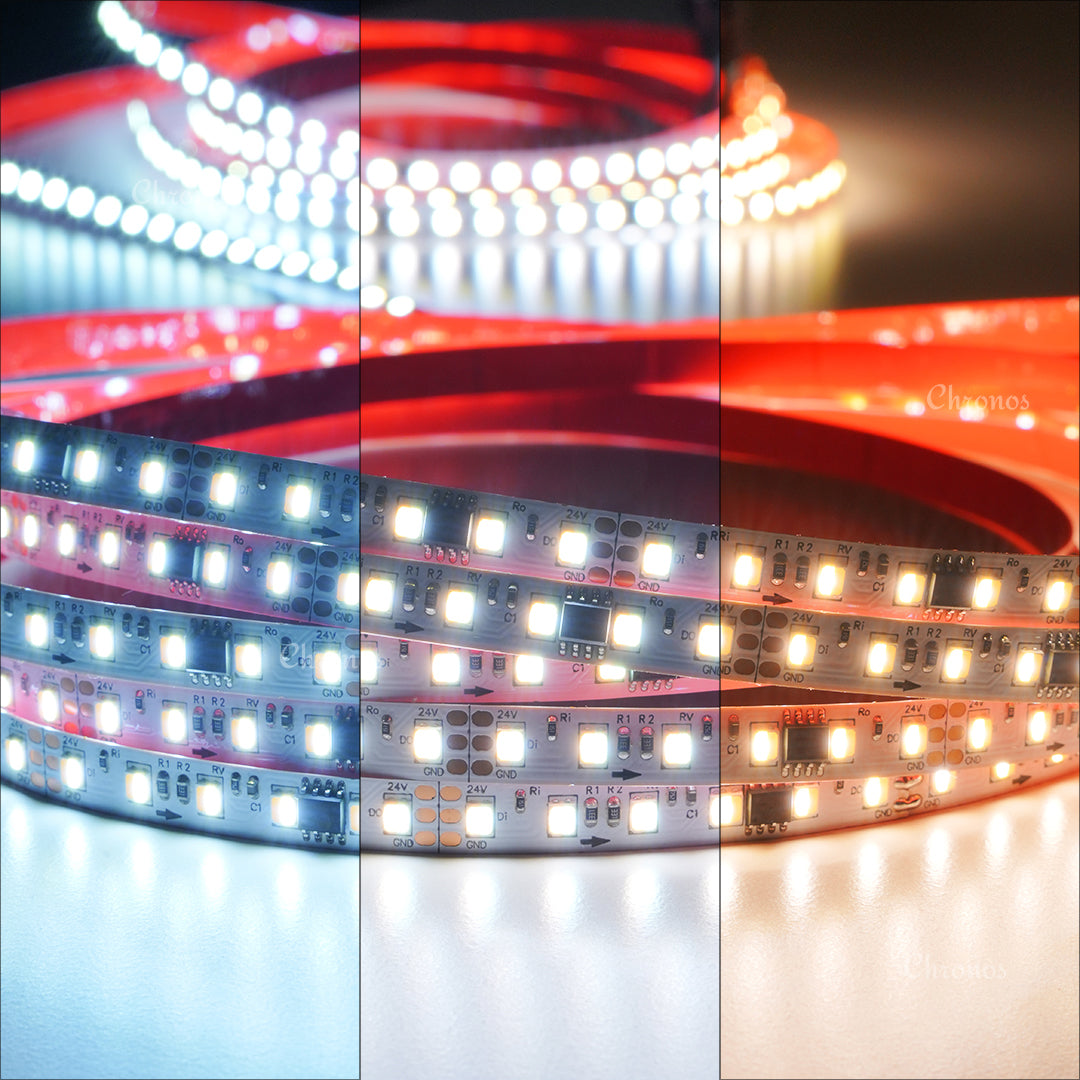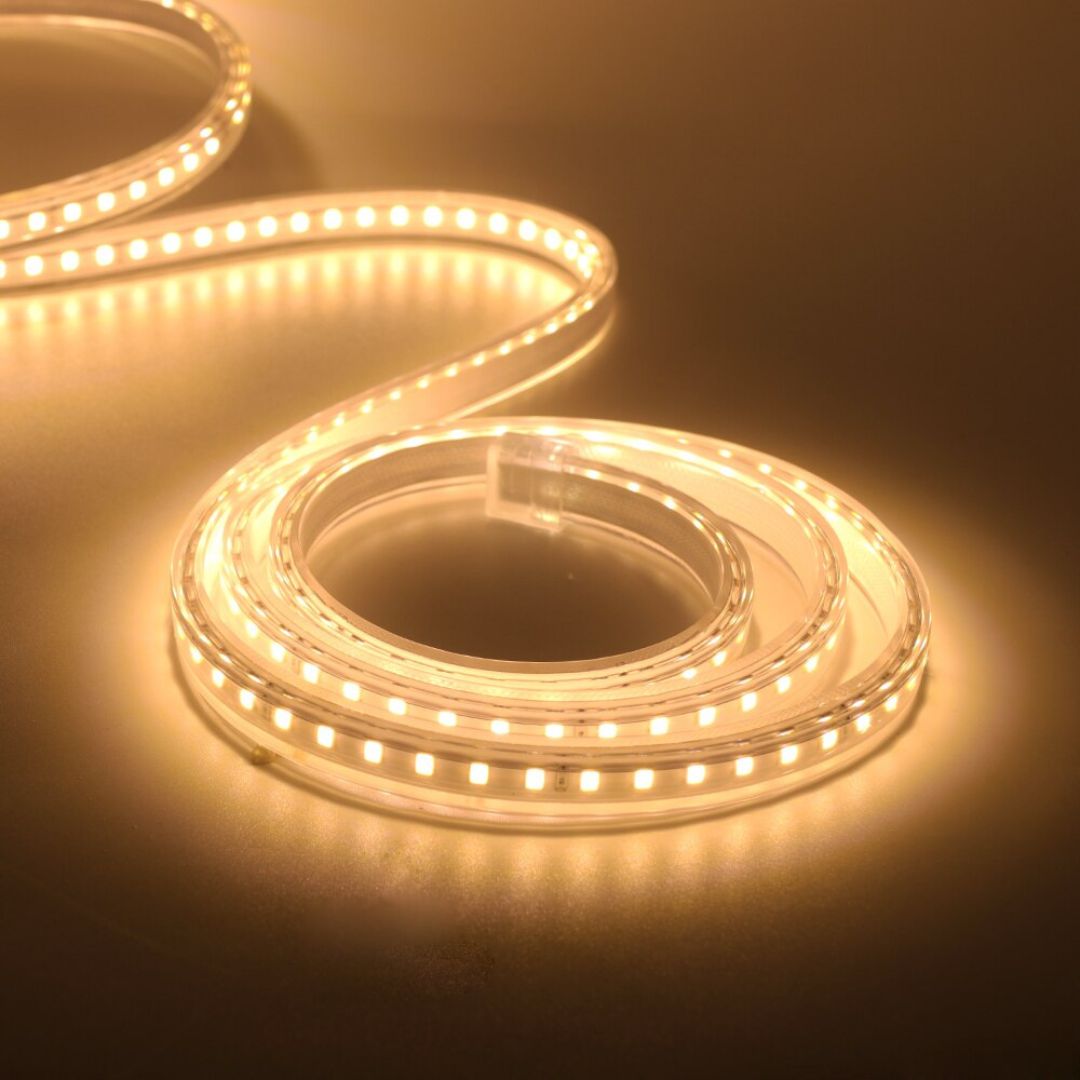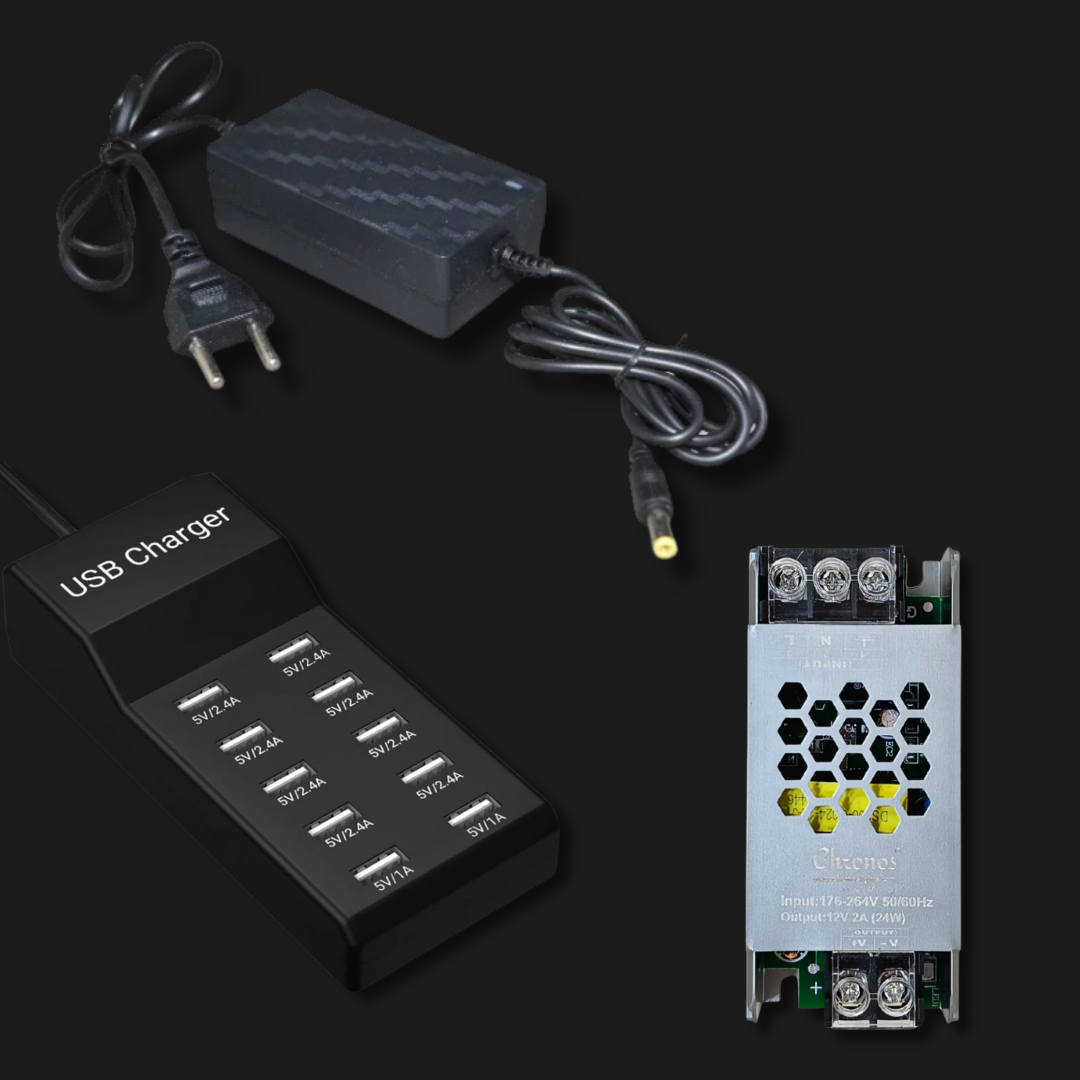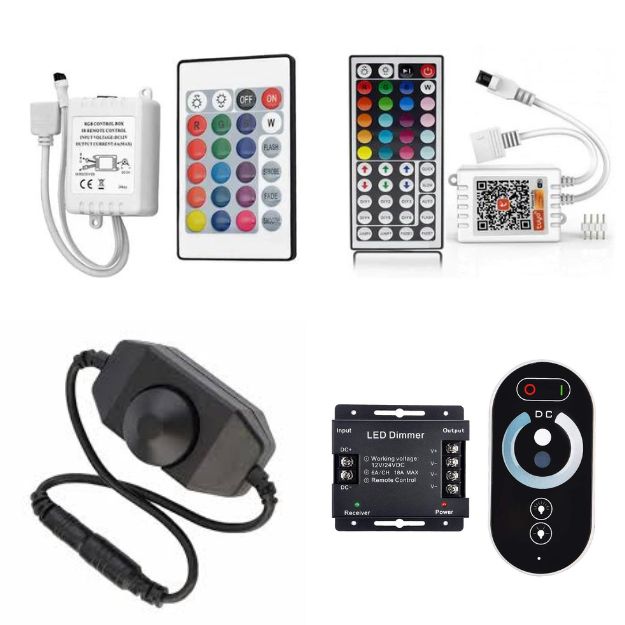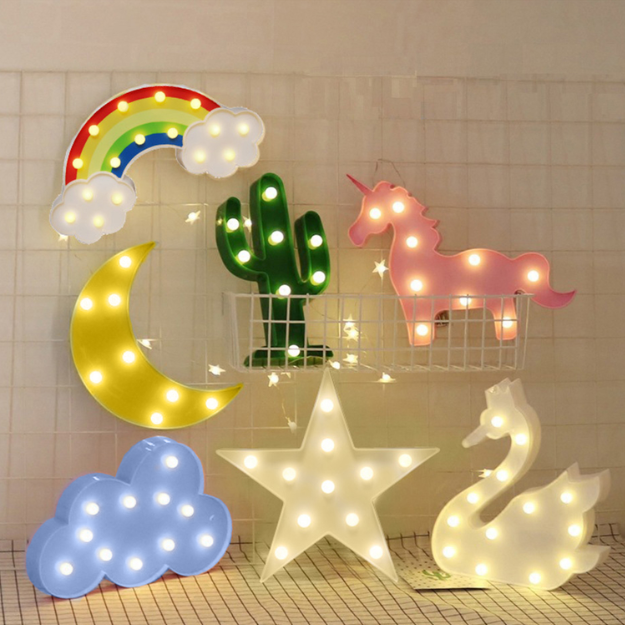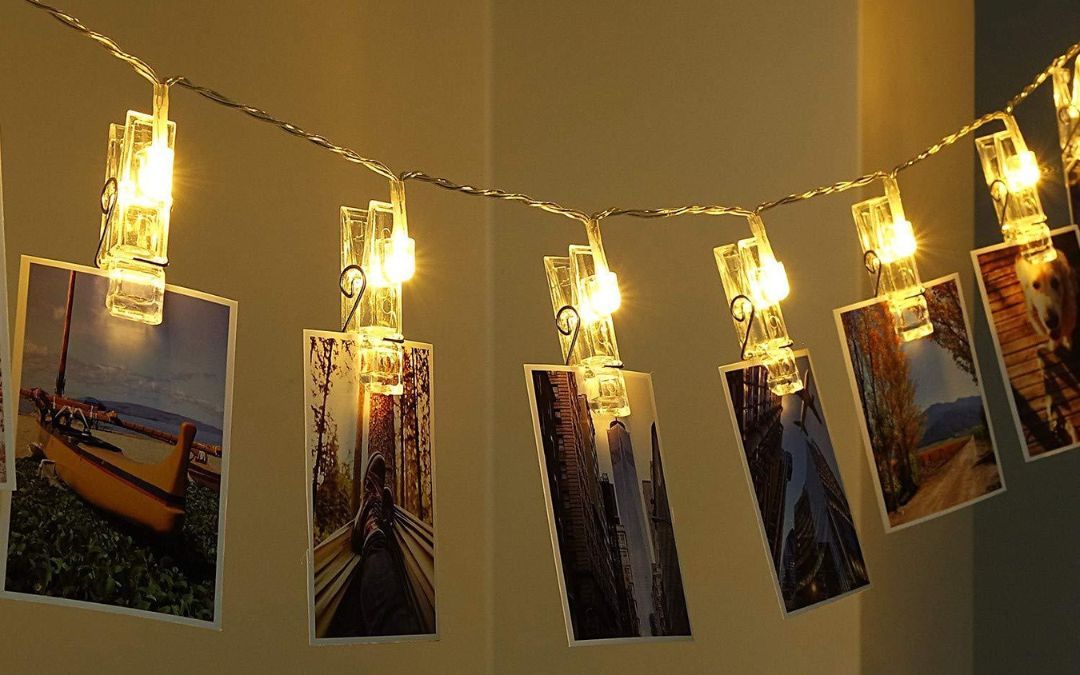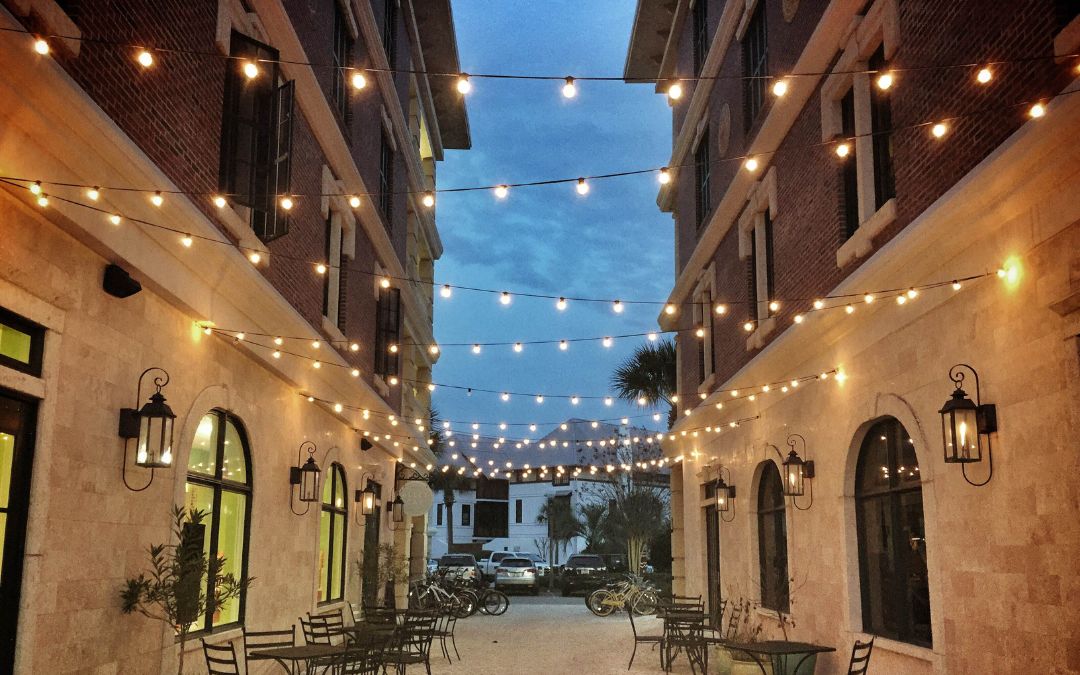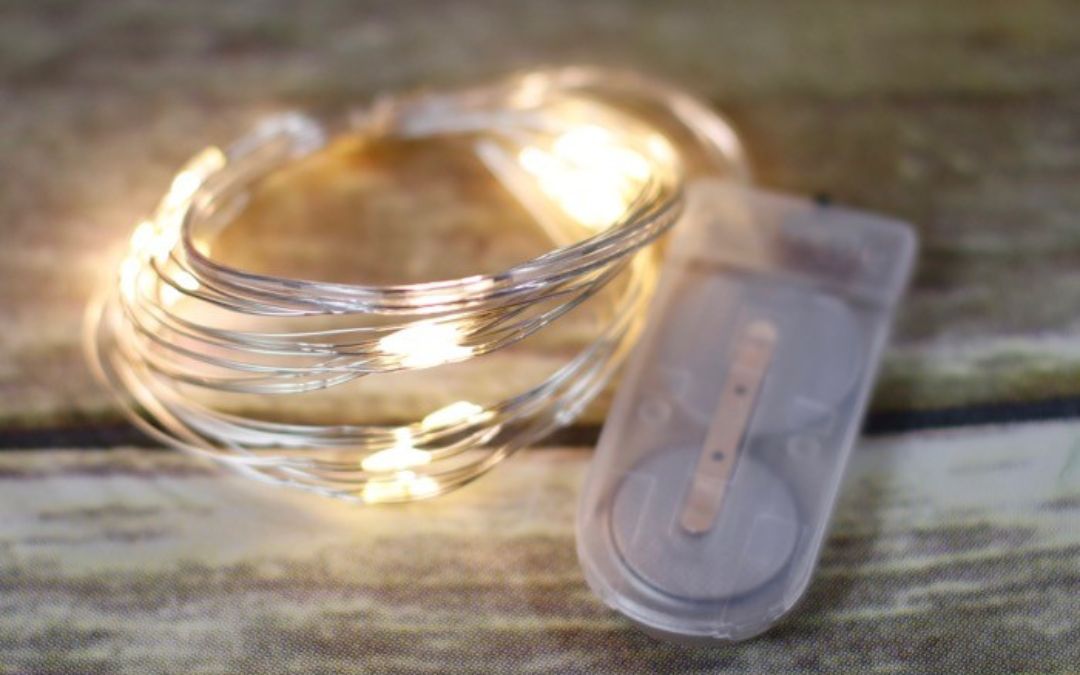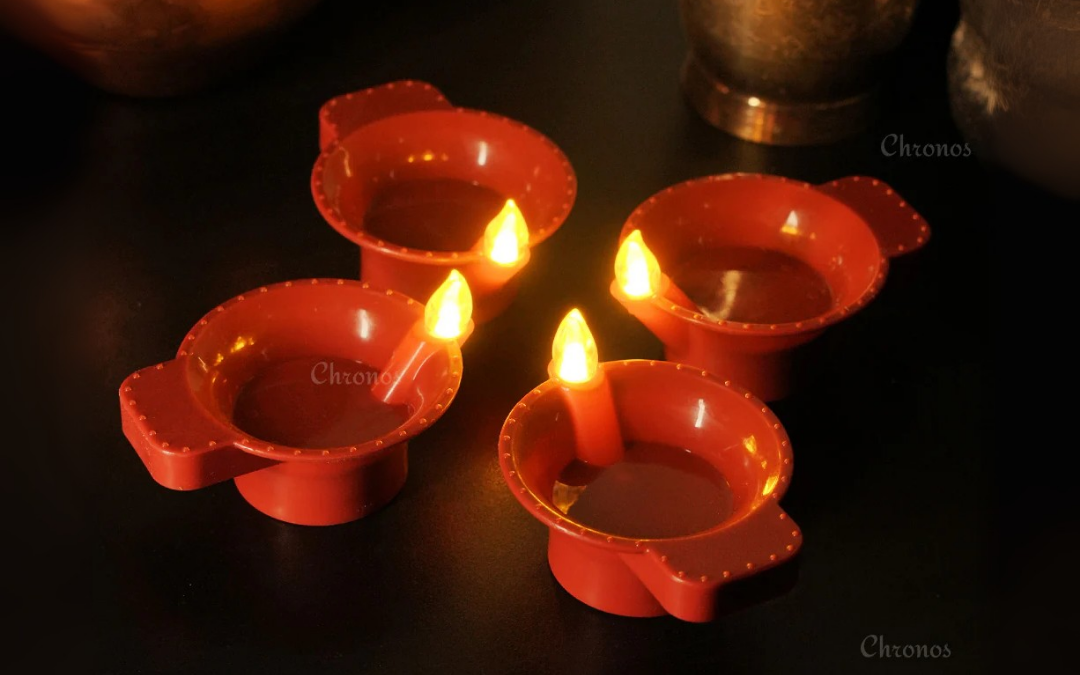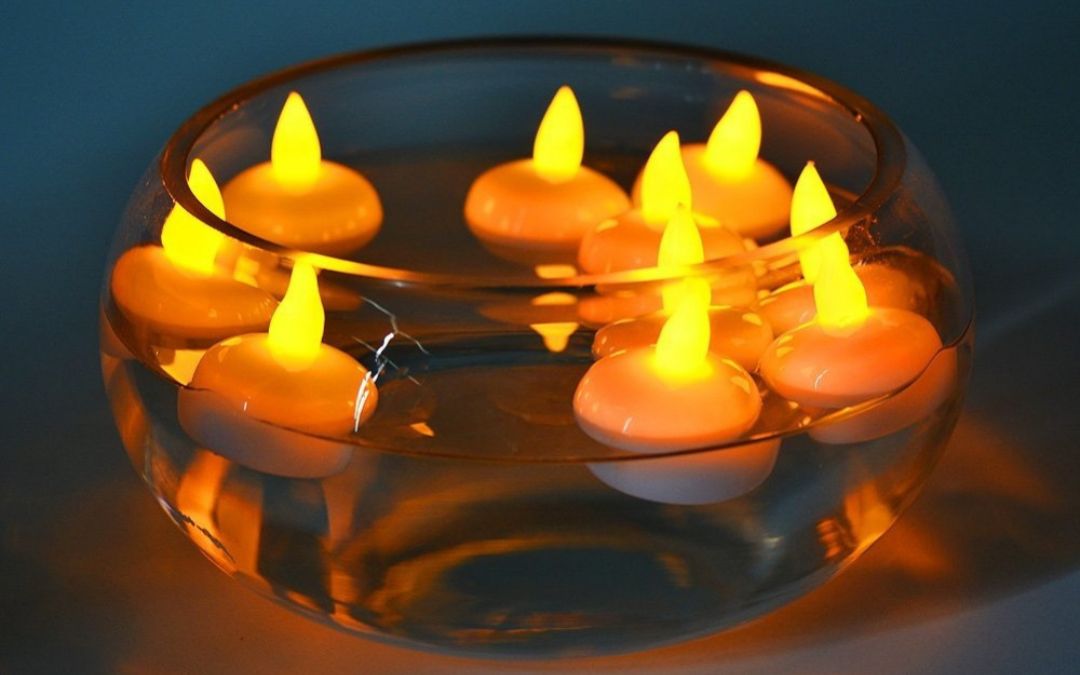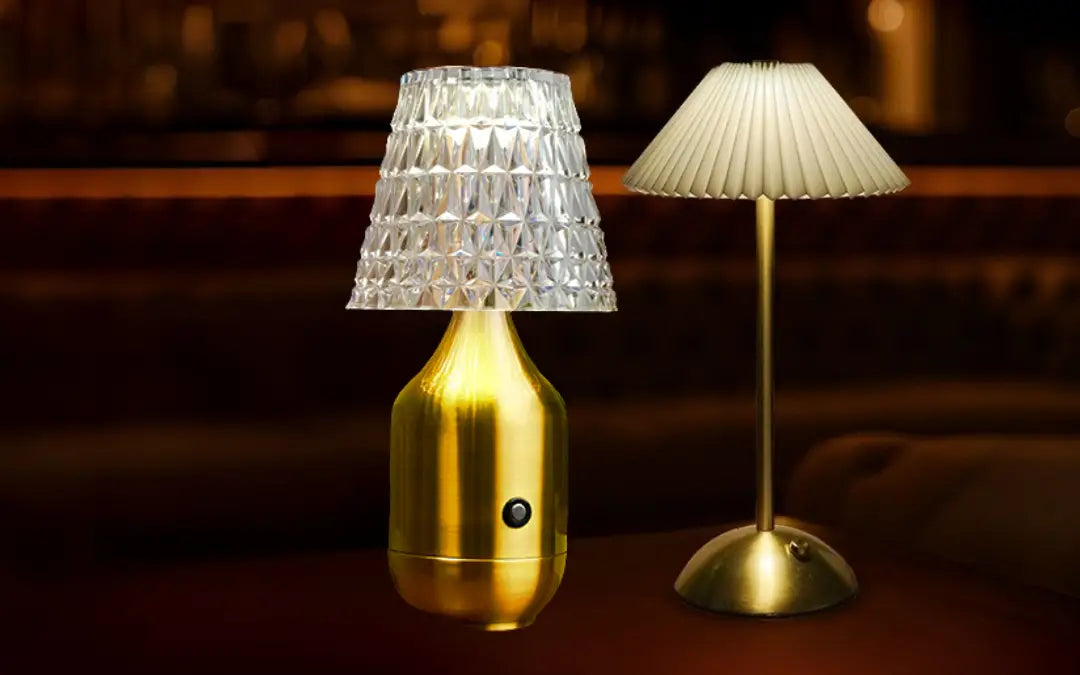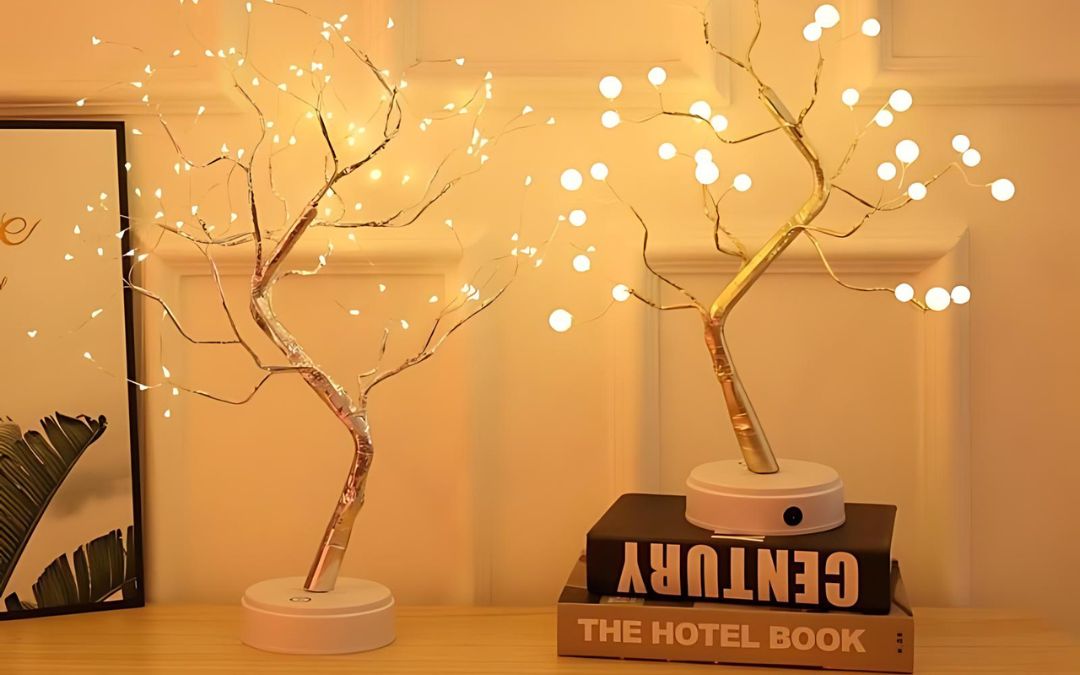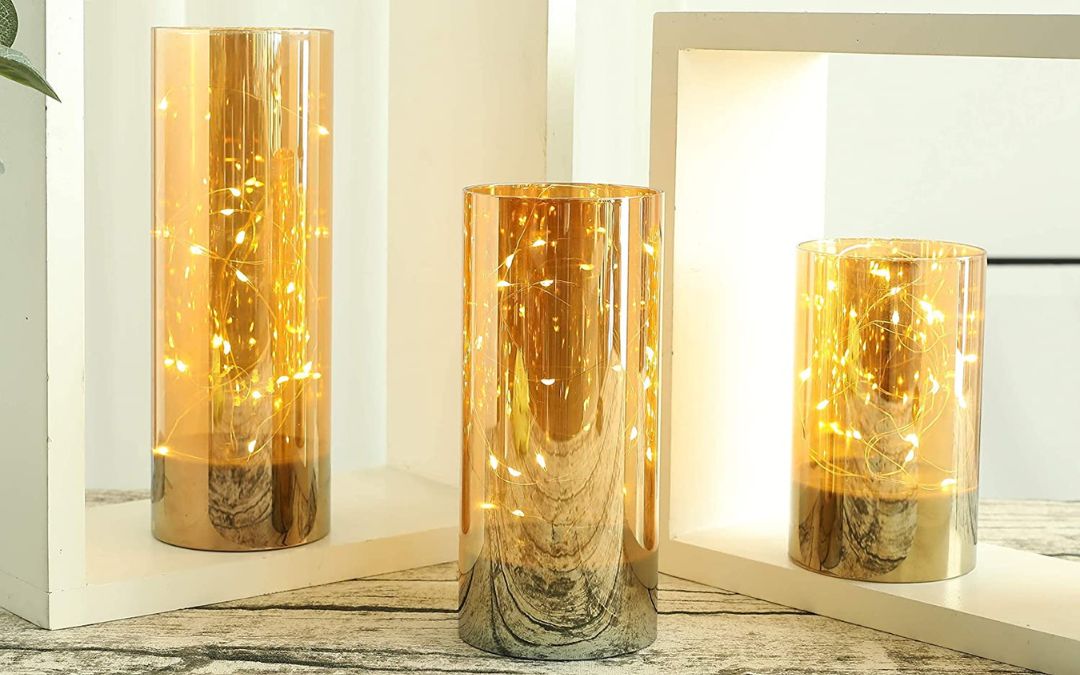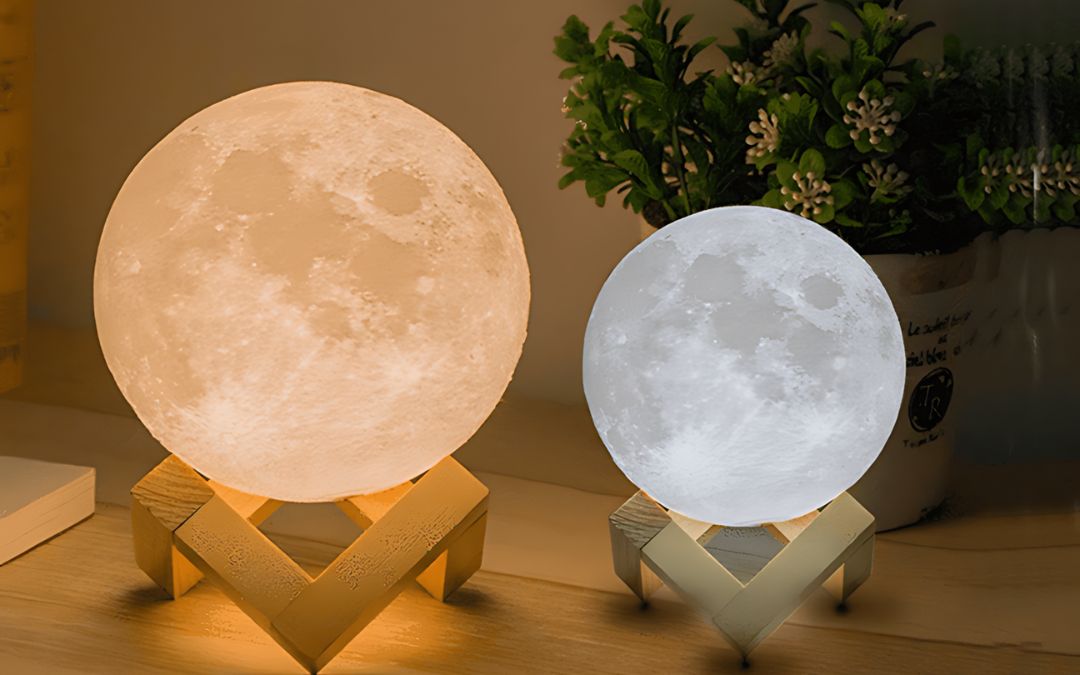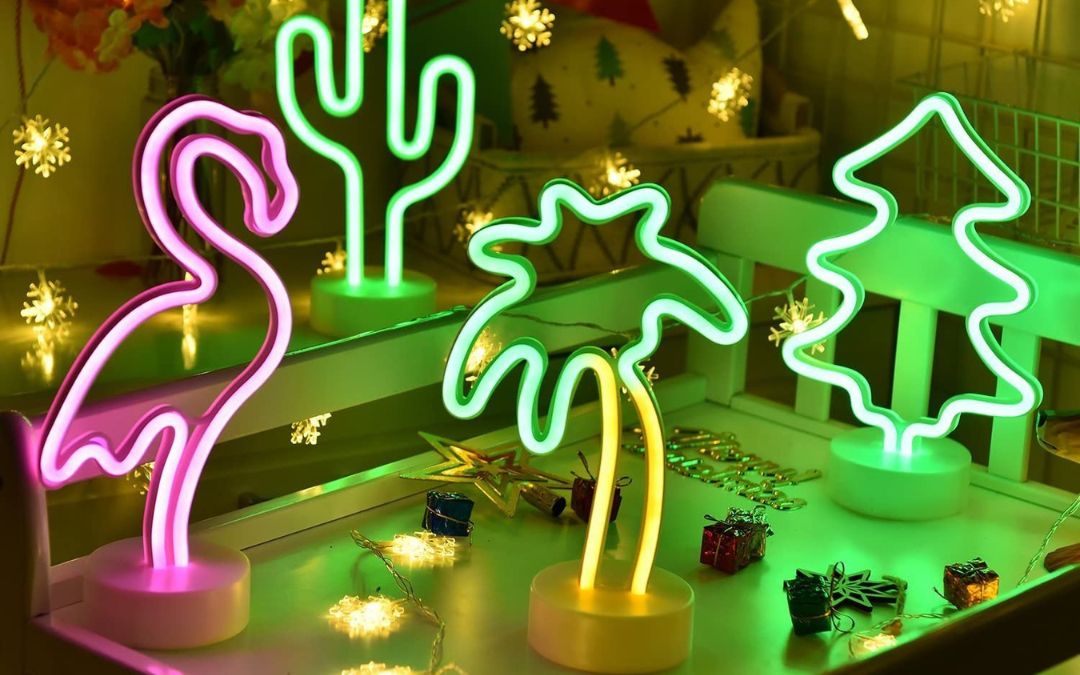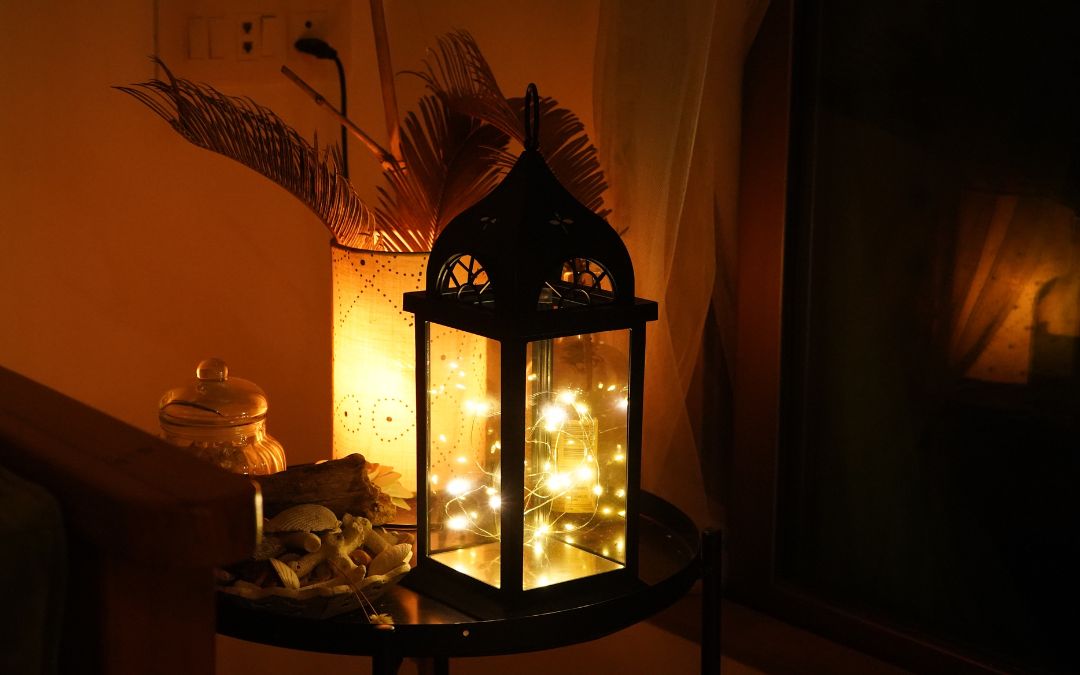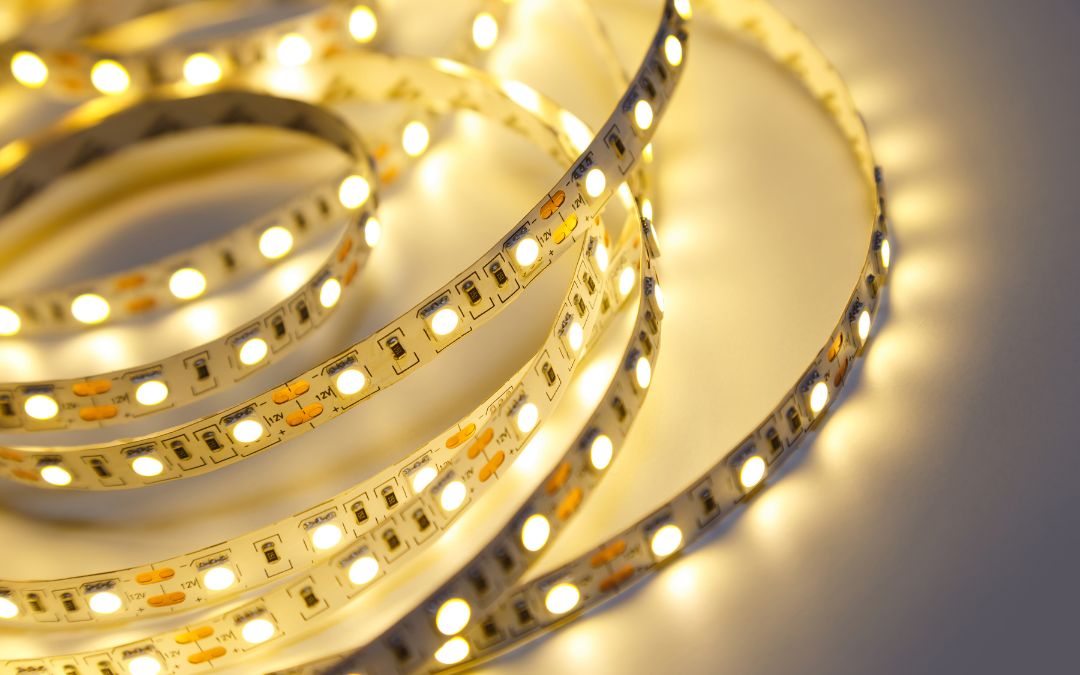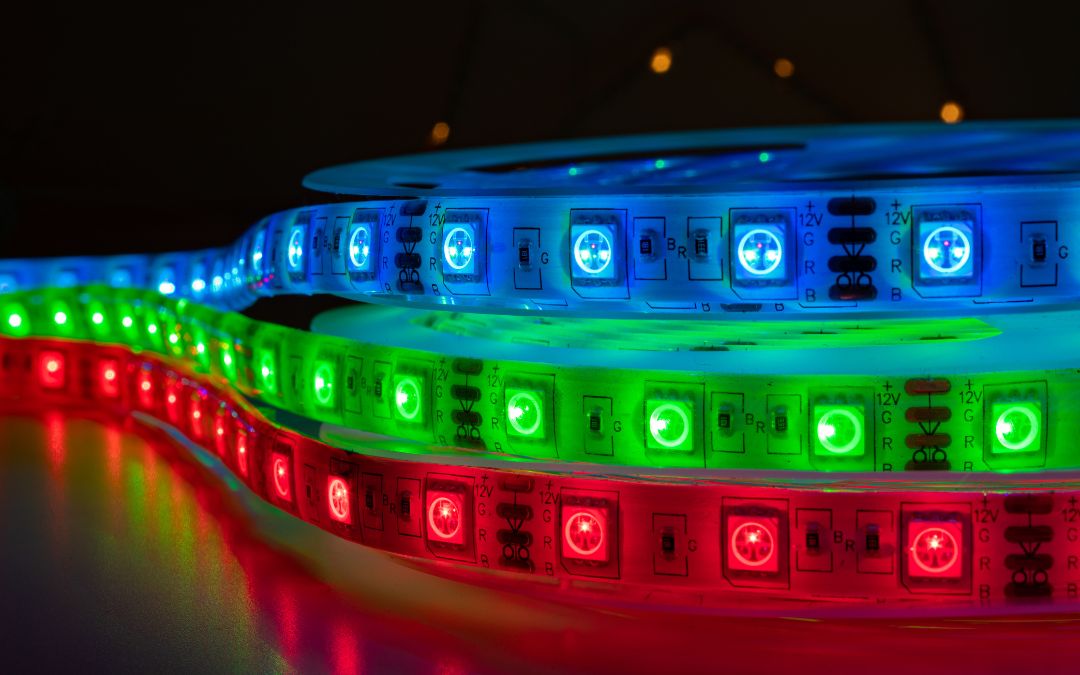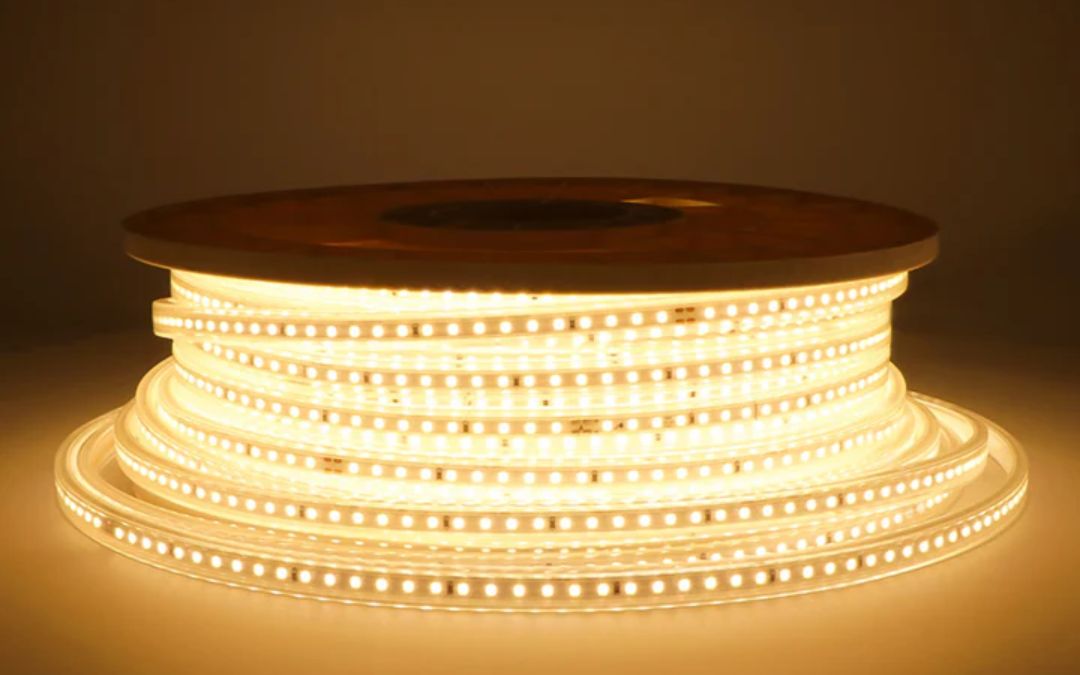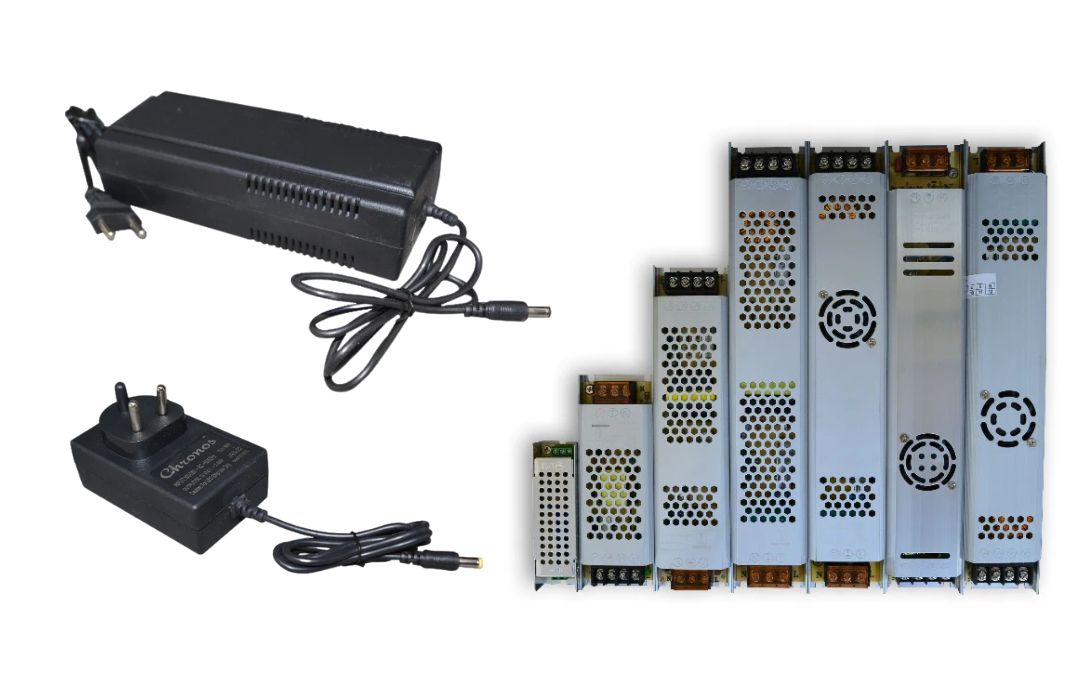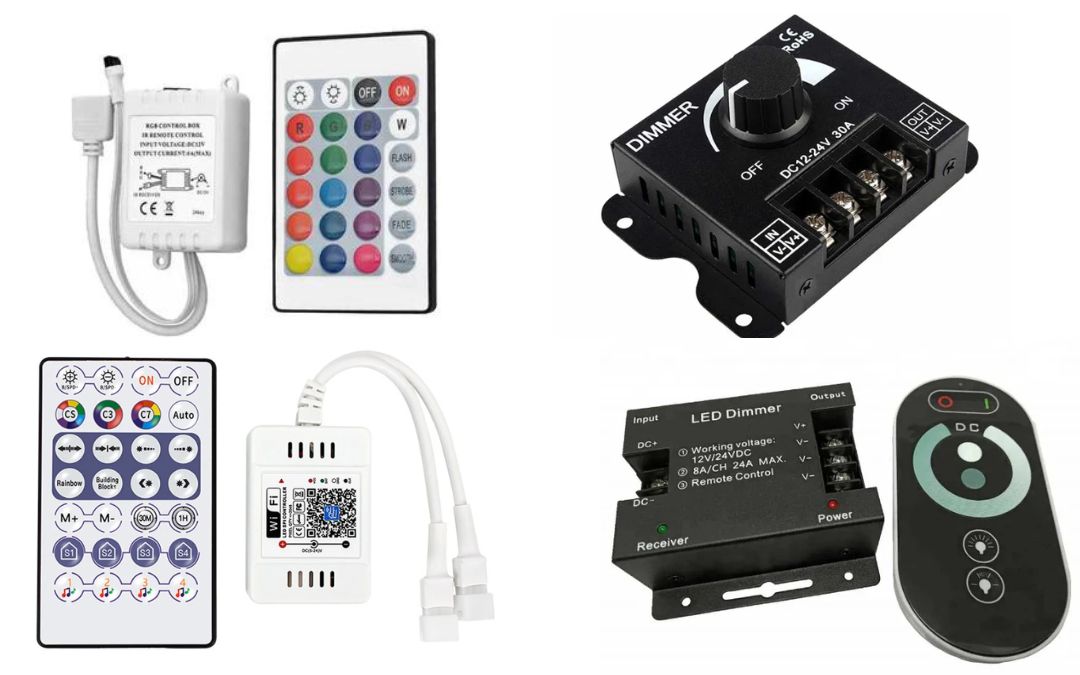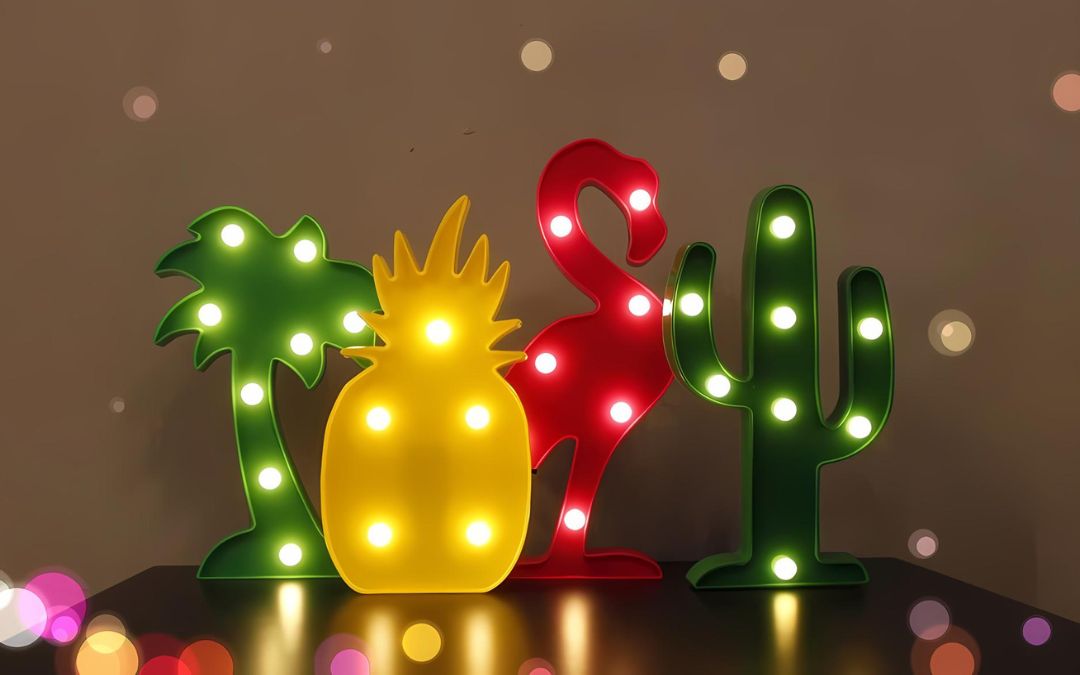Top 6 Considerations Before Buying LED Strip Lights
Introduction
LED strip lights have become a popular choice for home and commercial lighting due to their versatility, energy efficiency, and vibrant illumination. However, before purchasing, it's essential to consider several factors to ensure you choose the right LED strip lights for your needs. This guide will help you understand the key aspects to consider, from brightness levels to waterproof ratings, so you can make an informed decision.
1. Where Do I Want to Place the LED Strip Lights? (Indoor or Outdoor)
The installation location determines the type of LED strip light you need. Different waterproof grades are available to suit various environments:
-
IP20: Non-waterproof, ideal for indoor applications like under cabinets and ceilings.
-
IP65: Water-resistant, suitable for areas exposed to moisture, such as bathrooms and kitchens.
-
IP67: Waterproof, ideal for outdoor use where the strips may be exposed to rain.
-
IP68: Fully submersible, perfect for pools, aquariums, and extreme weather conditions.
✅ Tip: Choose the right IP rating based on your intended usage to ensure longevity and performance.
2. How Much LED Brightness Do I Need?
Brightness is determined by LED density, lumens, and SMD LED type. The higher the lumens, the brighter the light.
-
LED Density: Measured in LEDs per meter, a higher density provides more uniform brightness.
-
Lumens: Indicates brightness. For accent lighting, 300-500 lumens per meter is sufficient, while task lighting may require 1000+ lumens per meter.
-
SMD LED Types:
-
SMD 3528: Low brightness, best for decorative lighting.
-
SMD 5050: Medium brightness, suitable for task lighting.
-
SMD 2835 & SMD 5630: High brightness, great for commercial applications.
✅ Tip: Choose the LED density and lumens based on the lighting effect you want to achieve.
3. What is the Working Voltage? (5V vs 12V vs 24V)
LED strip lights operate at different voltages, and selecting the right one prevents voltage drops and enhances efficiency.
-
5V LED Strips: Suitable for short runs and USB-powered devices.
-
12V LED Strips: Most commonly used for home and vehicle applications.
-
24V LED Strips: Best for long runs to reduce voltage drop and power loss.
-
AC vs DC: Most LED strips use DC power, requiring an adapter if connected to an AC source.
✅ Tip: Consider your power source and project requirements before selecting a voltage.
4. What is the Ideal LED Strip Length for My Project?
Understanding the required strip length ensures adequate coverage and reduces wastage.
-
Standard lengths range from 1 meter to 10 meters per roll.
-
Voltage drop occurs in longer strips, affecting brightness at the far end.
-
Customizable strips can be cut at specific intervals (every 3 to 6 LEDs).
✅ Tip: Measure your installation area before purchasing to ensure the correct strip length.
5. Do I Need an LED Light Controller?
LED controllers allow users to adjust colors, brightness, and lighting effects. Depending on your preference, different types of controllers are available:
-
Manual Controllers: Simple dimmers to control brightness.
-
Remote Controllers: Wireless options for ease of use.
-
Smart Controllers: App-controlled via Wi-Fi or Bluetooth, compatible with Alexa and Google Home.
-
DMX Controllers: Used for professional lighting setups.
✅ Tip: Choose a controller based on your desired functionality and ease of use.
6. How to Power LED Strip Lights?
A proper power supply unit (PSU) ensures stable operation and prevents damage.
-
Match Voltage & Amperage: Ensure the power supply voltage matches the LED strip voltage (e.g., a 12V strip needs a 12V PSU).
-
Consider Wattage: Calculate the total power consumption to select the right power adapter.
-
Dimmable Power Supplies: Allow dimming control for adjustable brightness.
-
Plug & Play vs Hardwired: Plug-in adapters are easy for DIY projects, while hardwired setups offer a clean look for permanent installations.
✅ Tip: Always use a power supply with at least 20% higher capacity than the LED strip’s total wattage for safety and efficiency.
Before purchasing LED strip lights, evaluating these six factors will help you find the perfect fit for your project. Whether you're decorating your home, upgrading office lighting, or enhancing outdoor spaces, choosing the right brightness, voltage, and waterproof rating ensures long-lasting and energy-efficient lighting.
🔗 Looking for the Best LED Strip Lights in India in 2025? Visit Chronos Lights to explore a wide range of high-quality LED strip lights tailored to your needs.
🌟 Enhance your space with premium LED lighting today! 🌟


